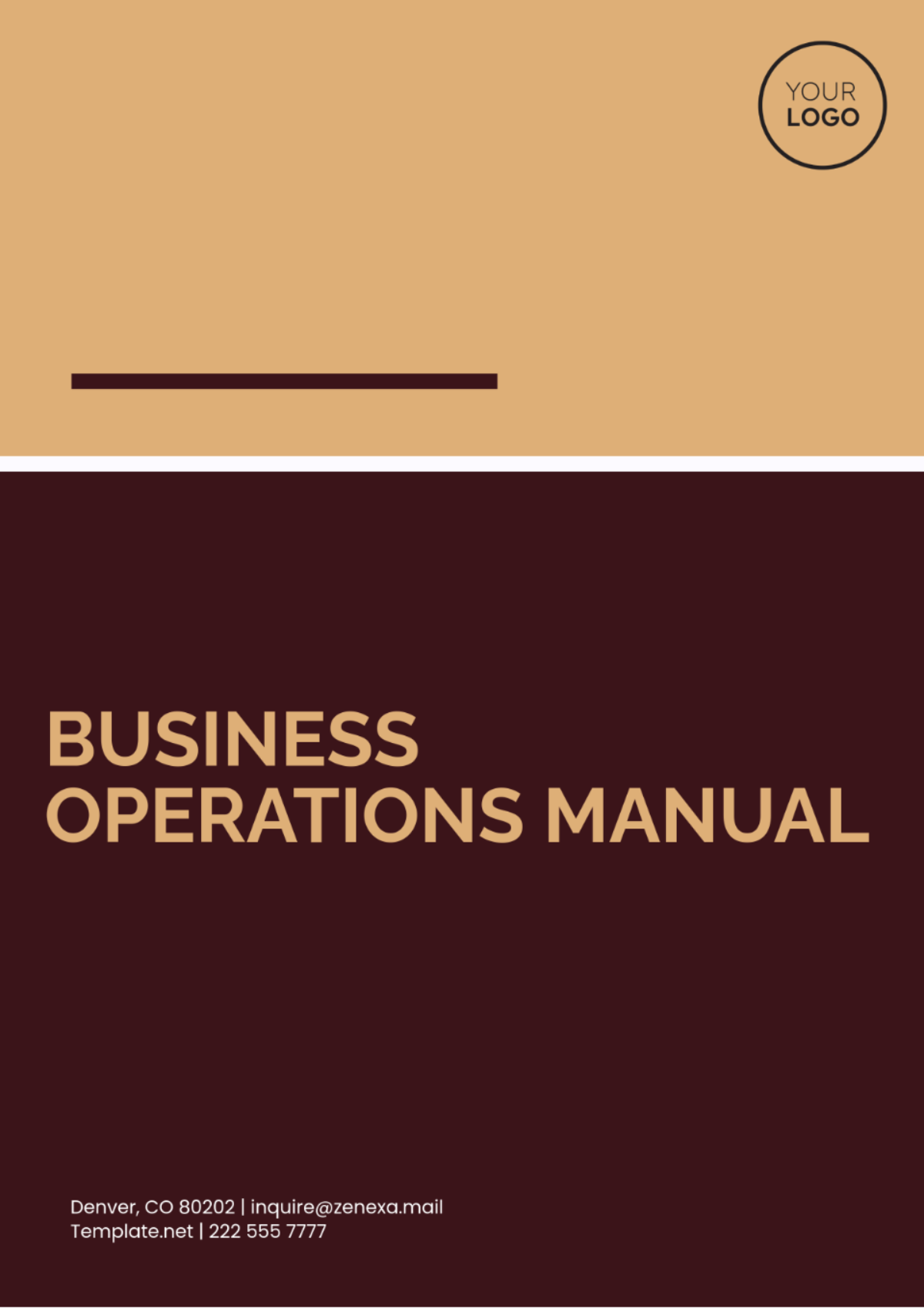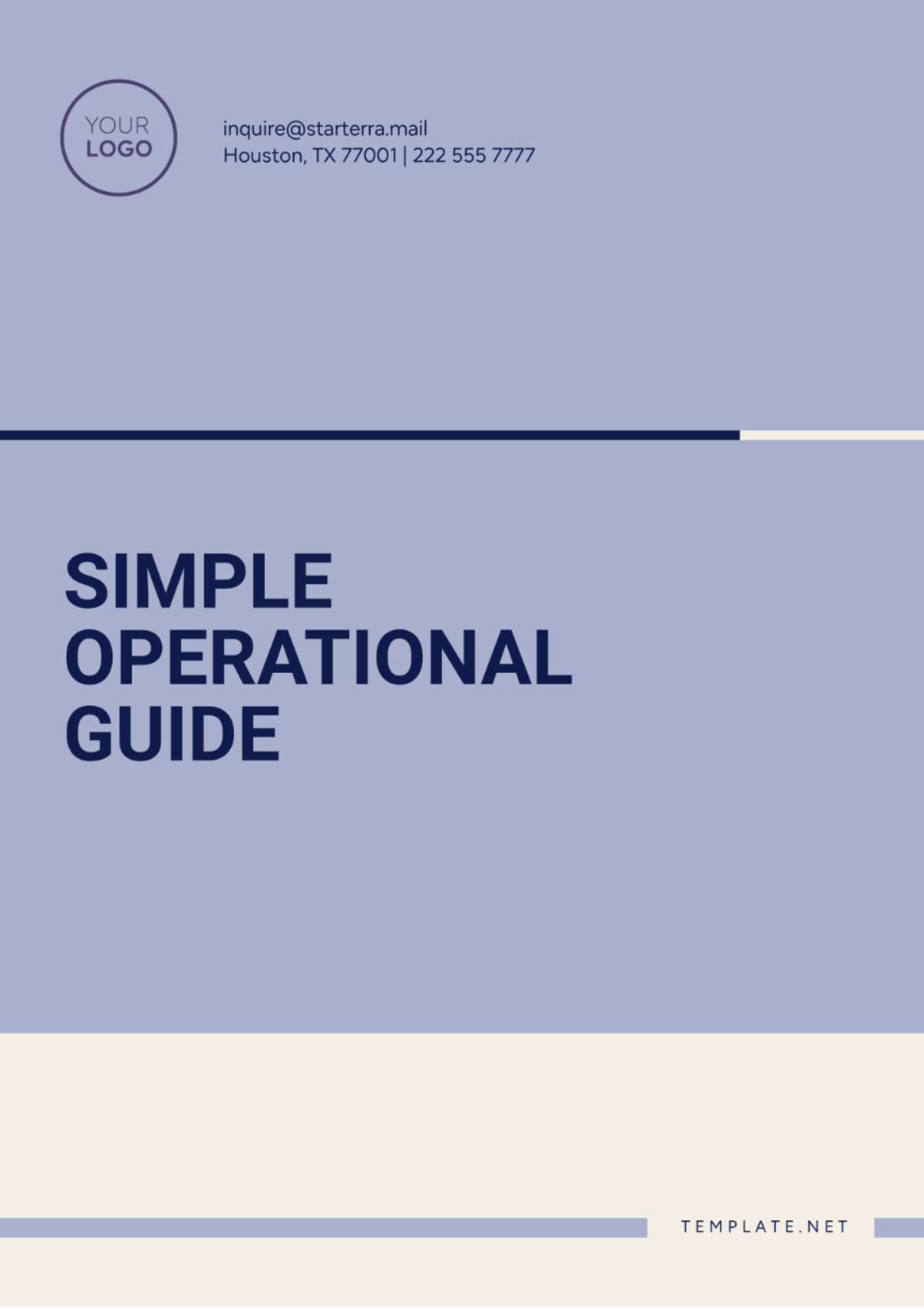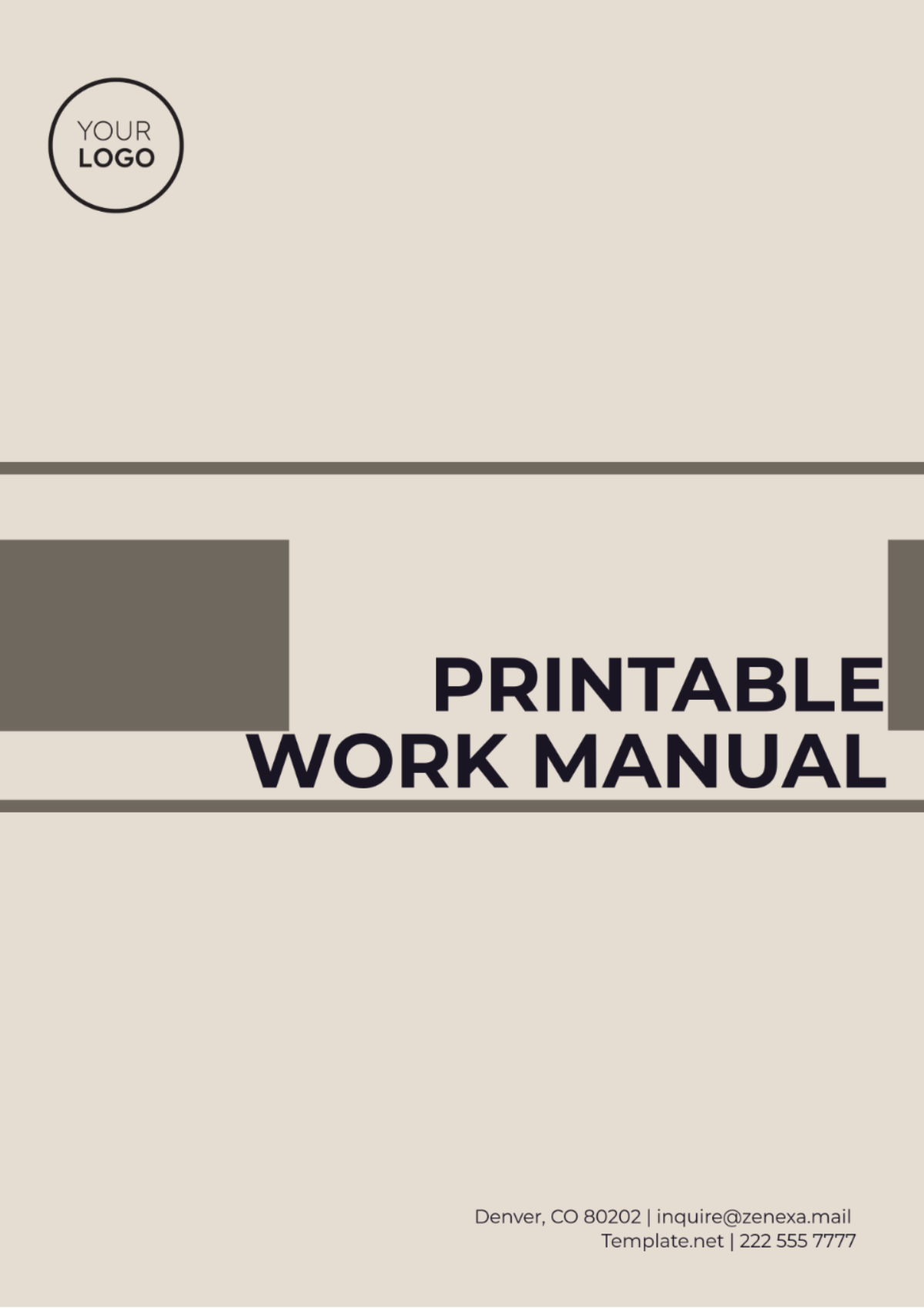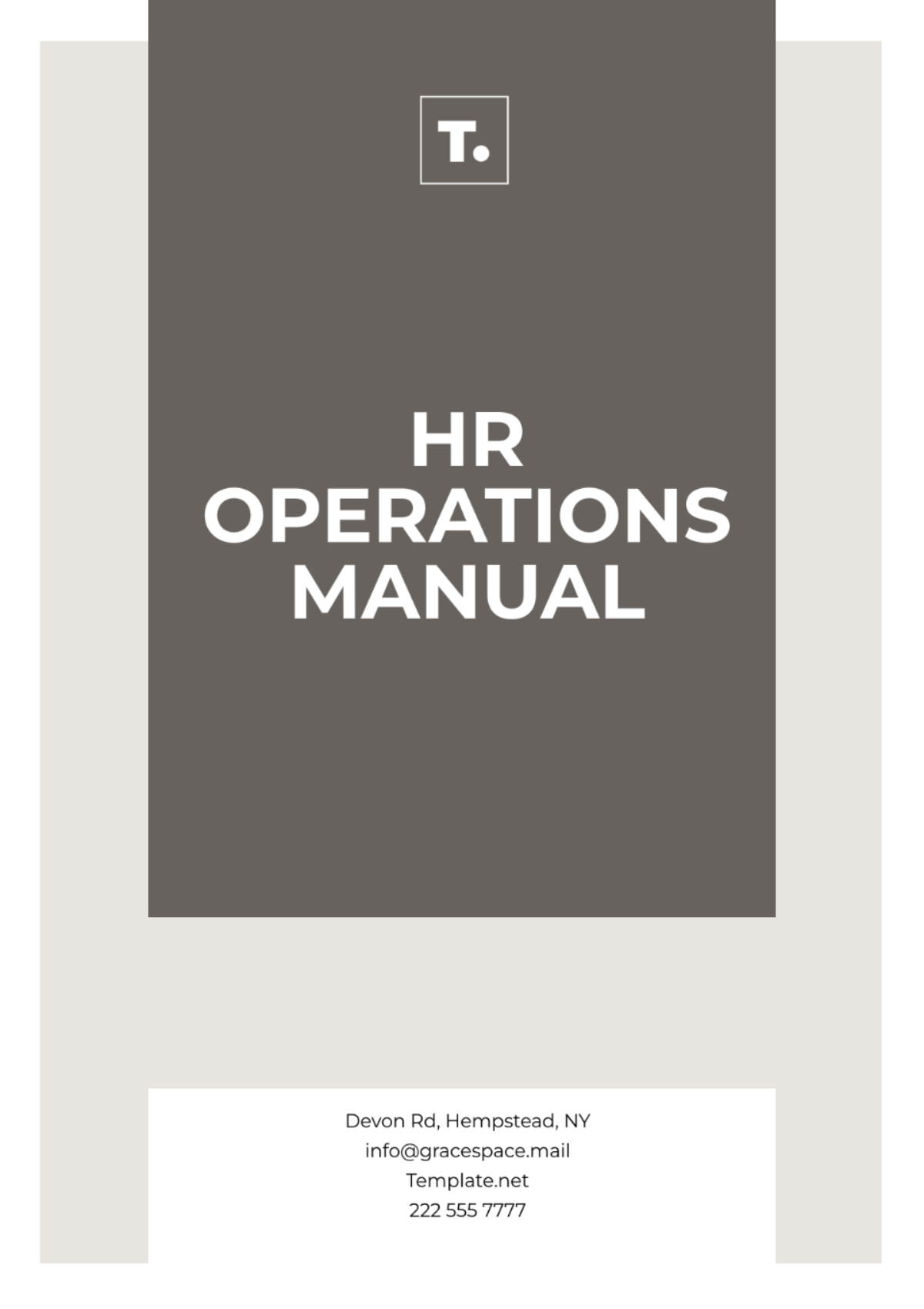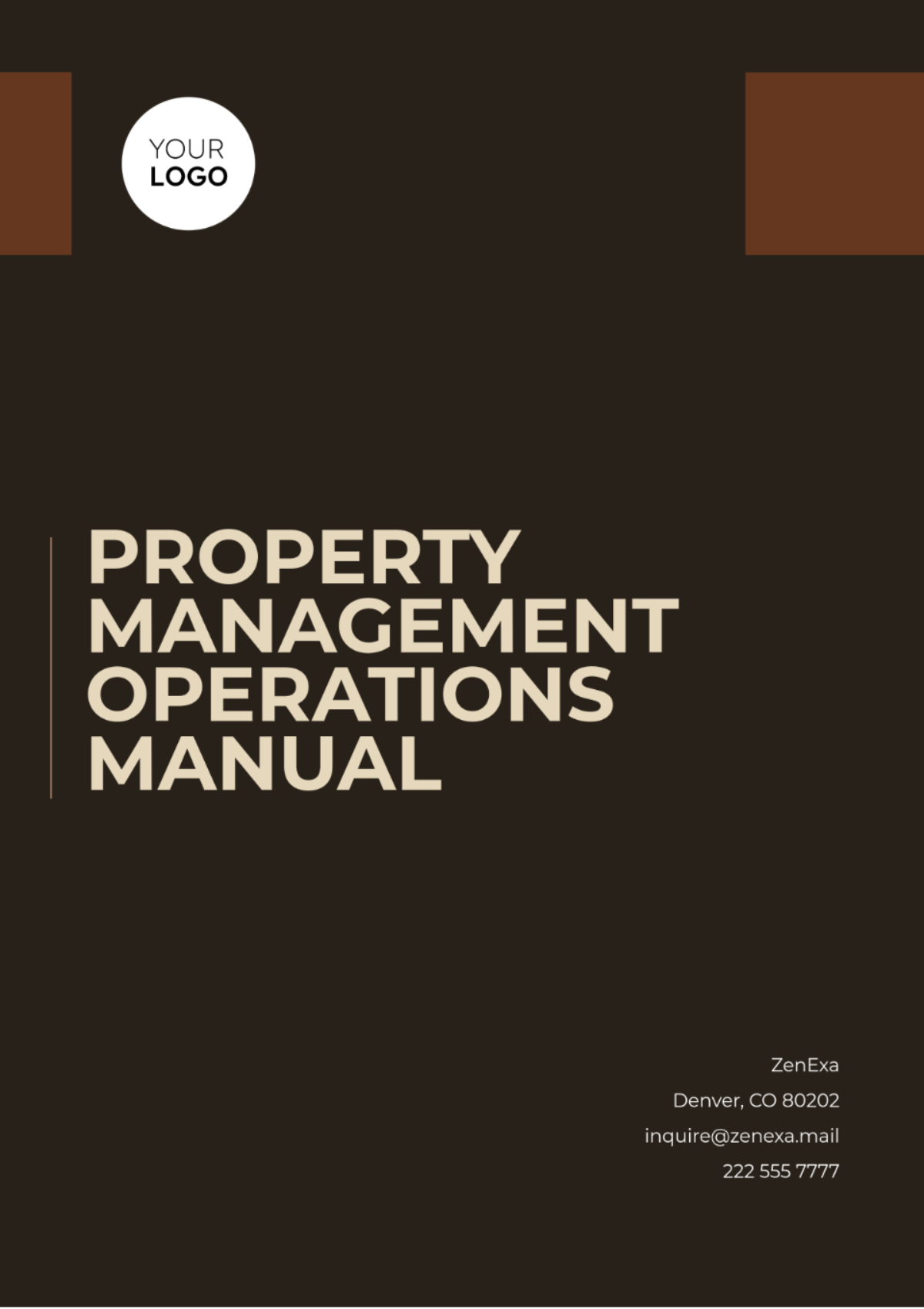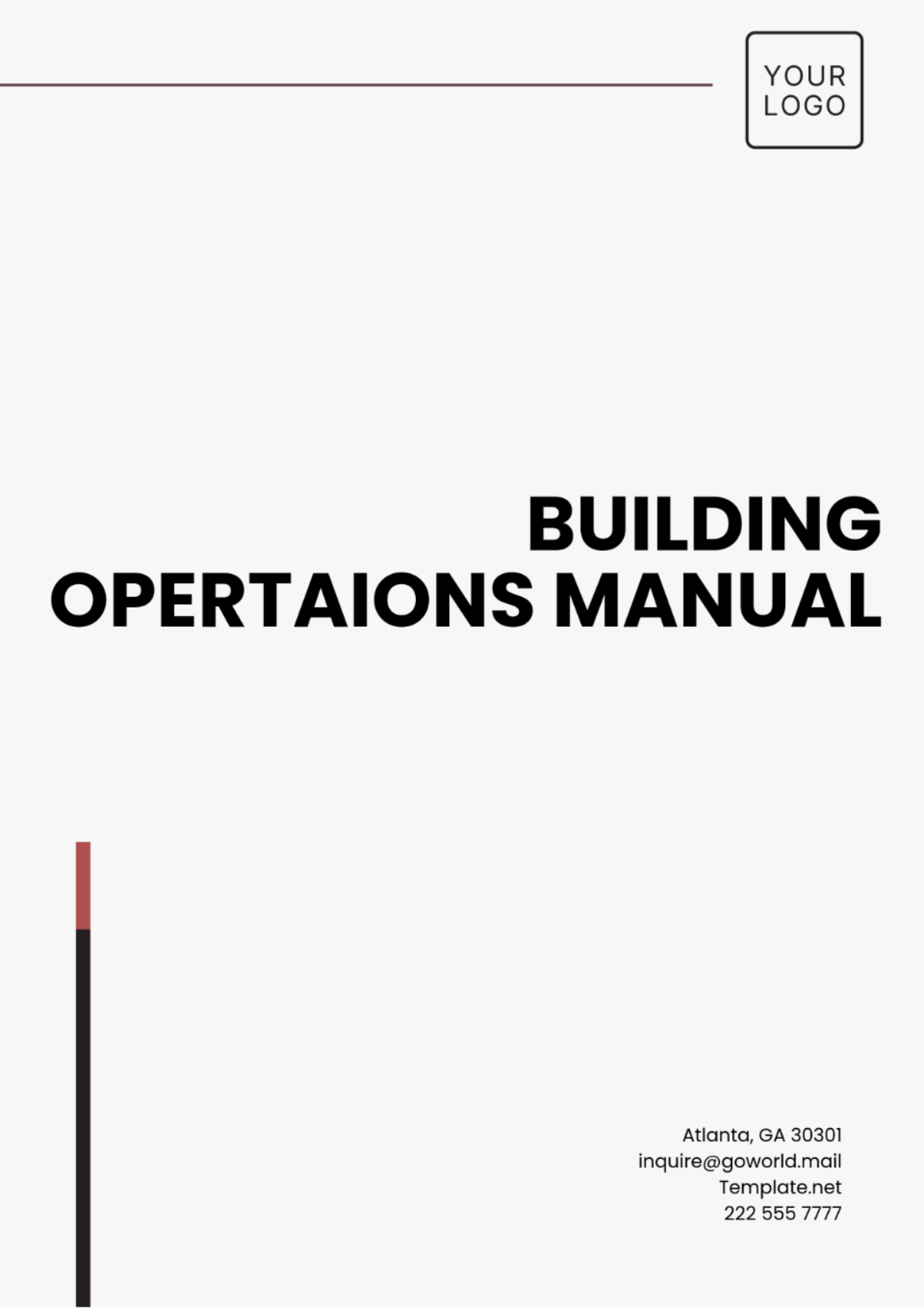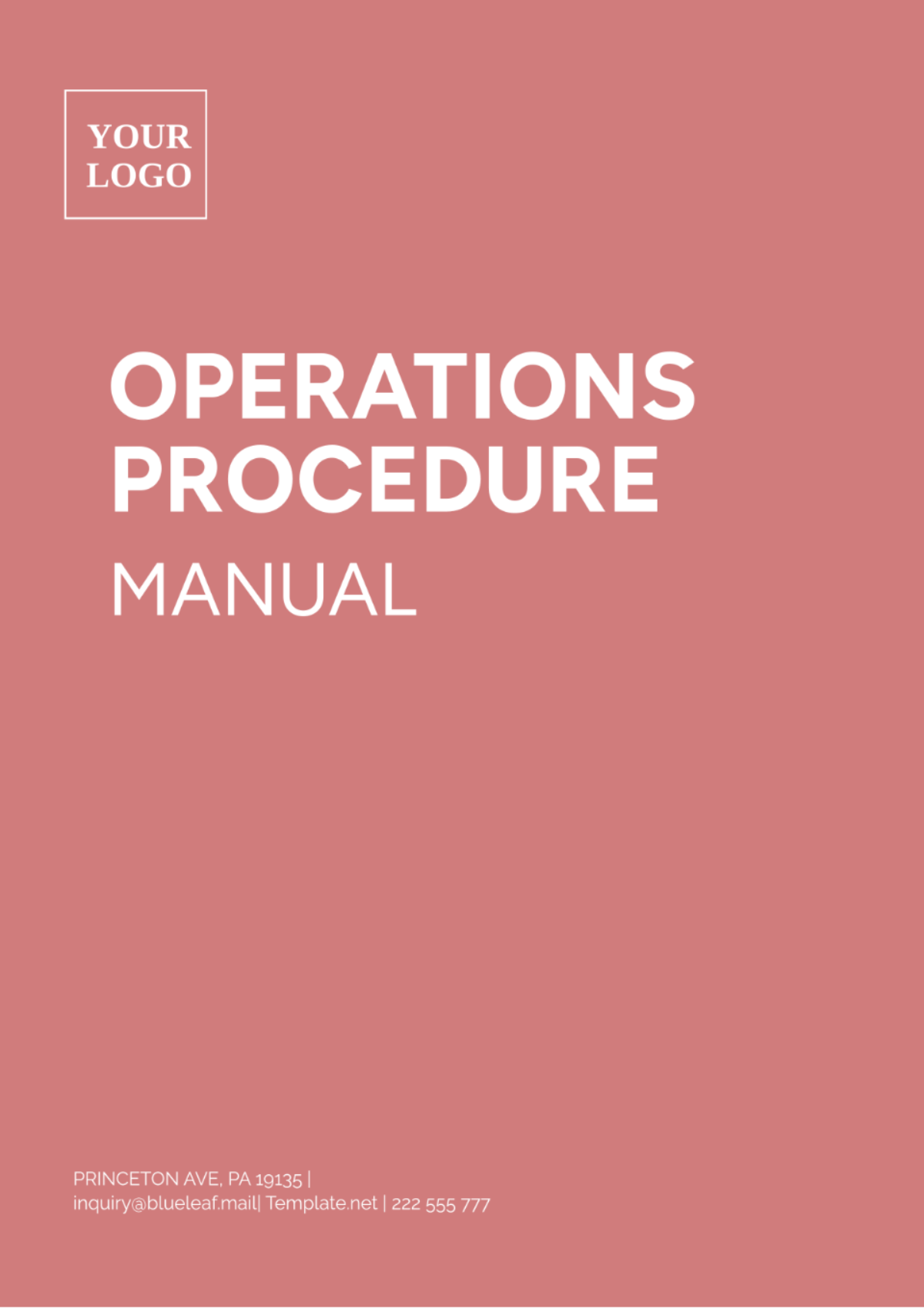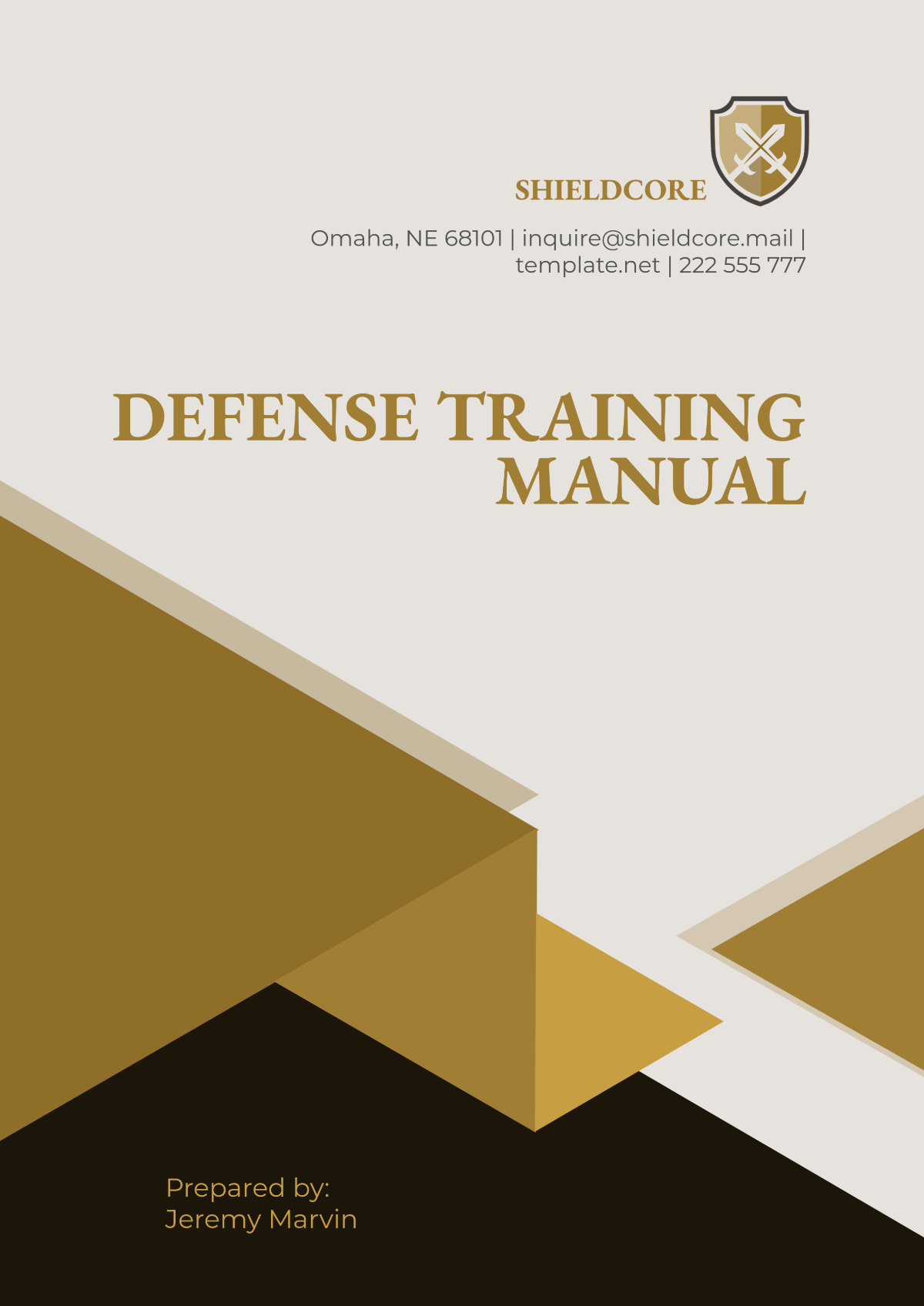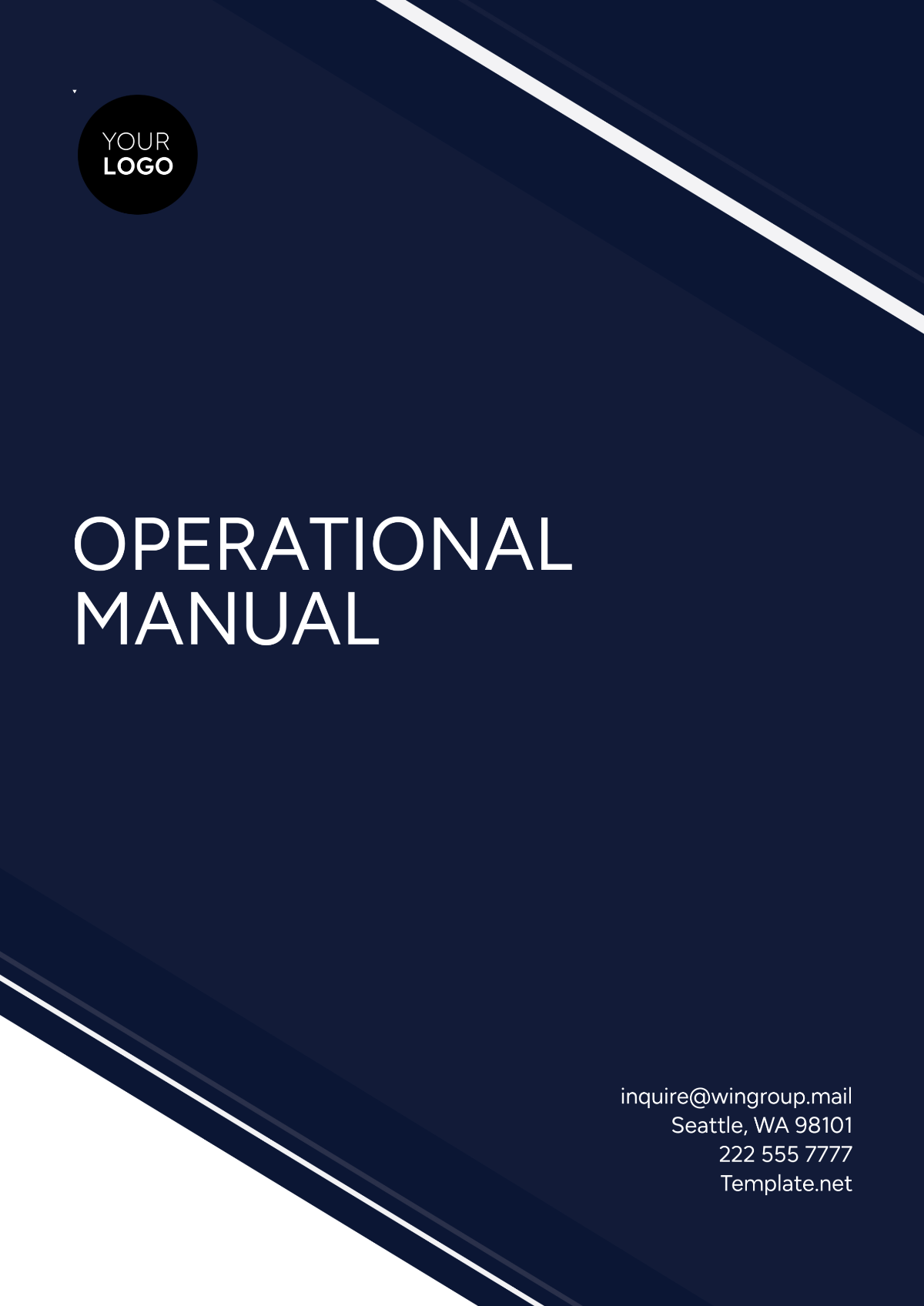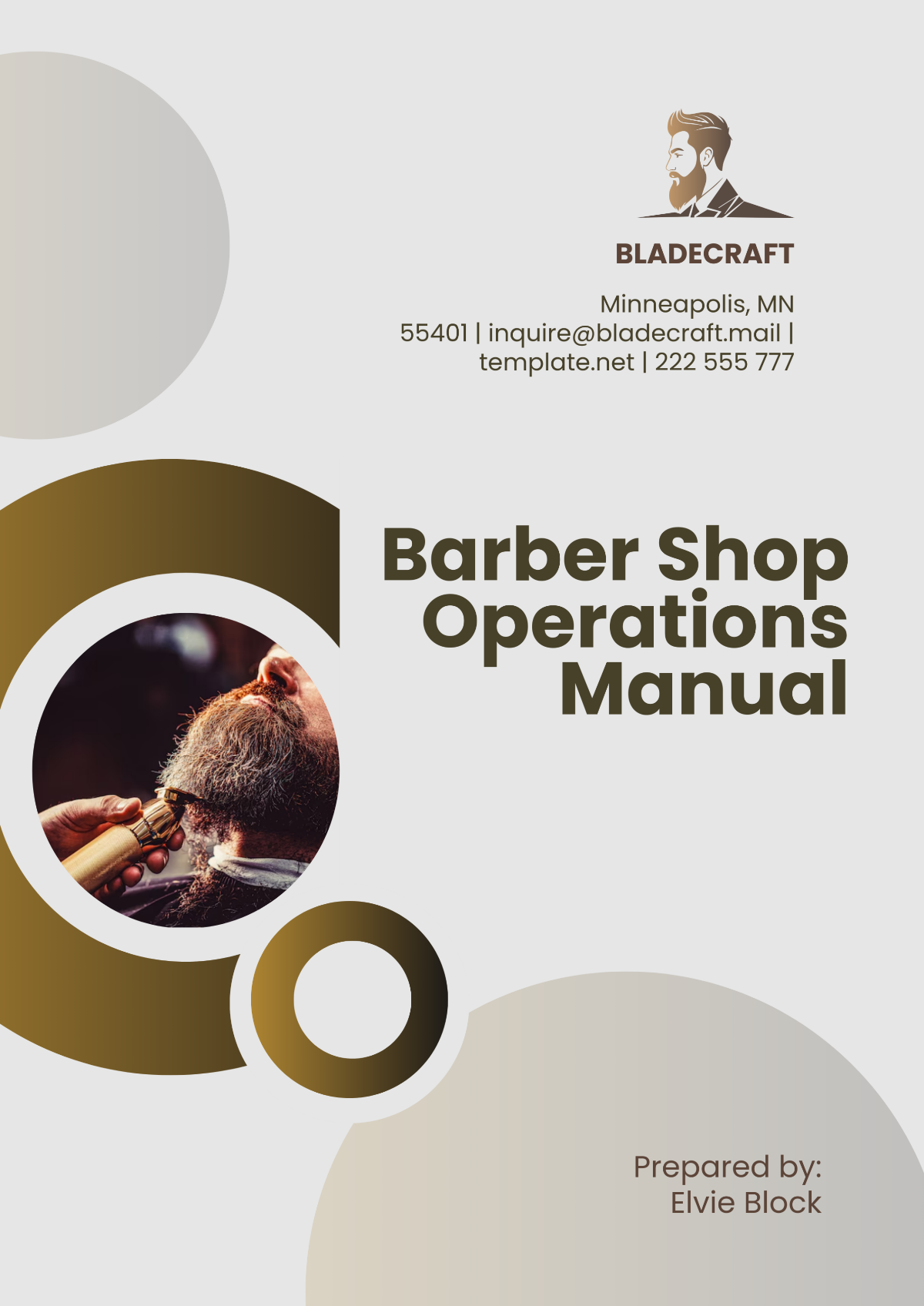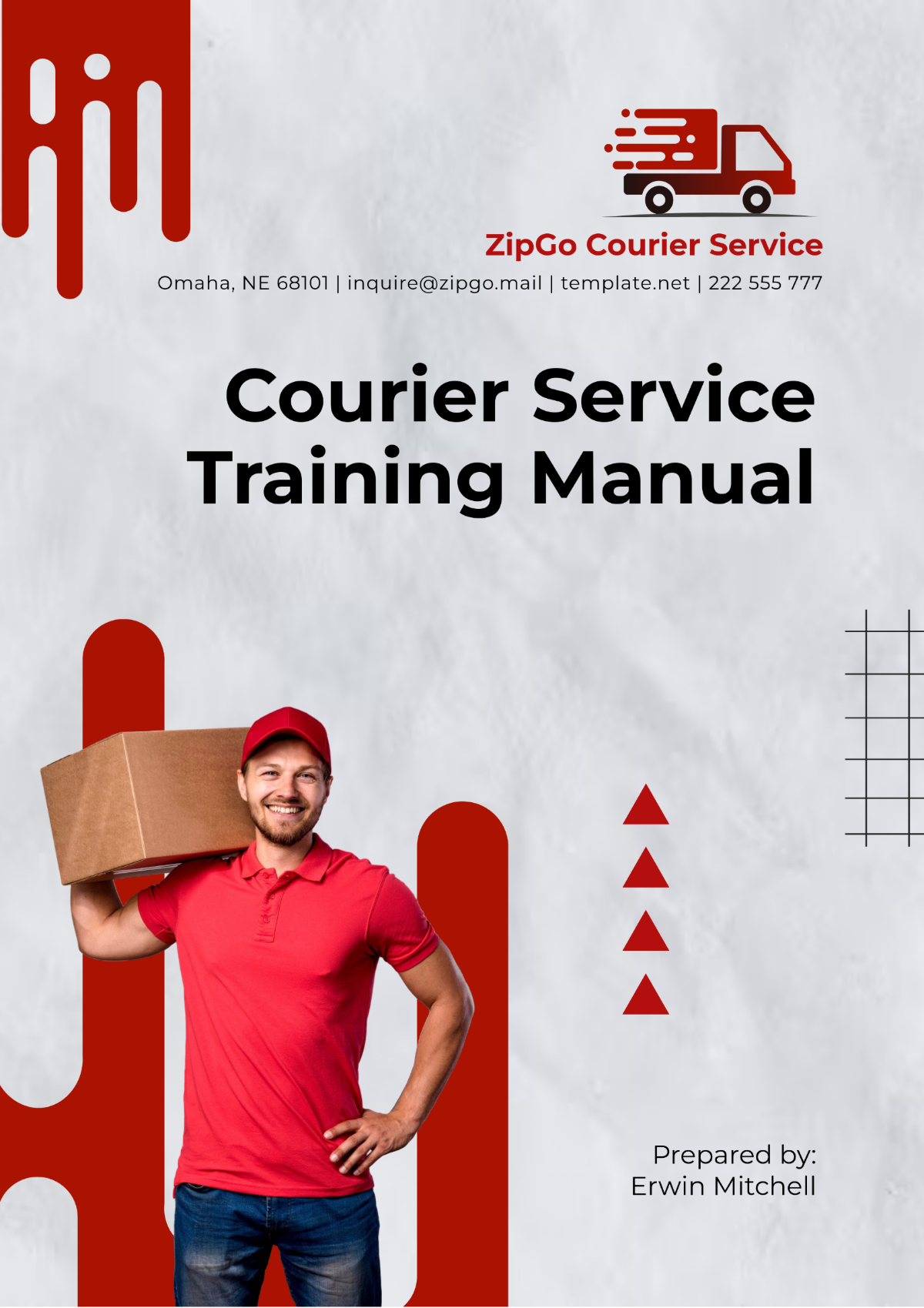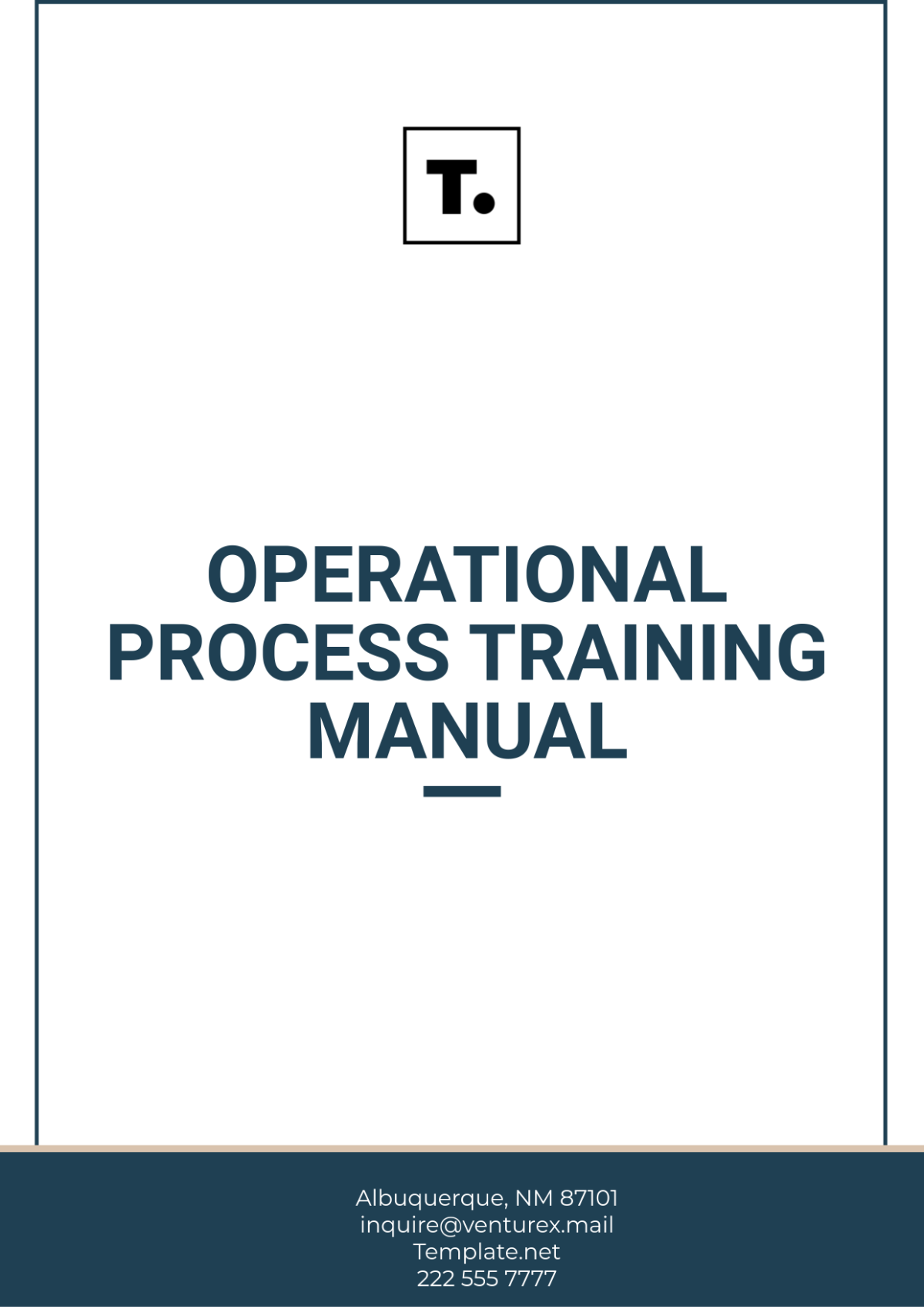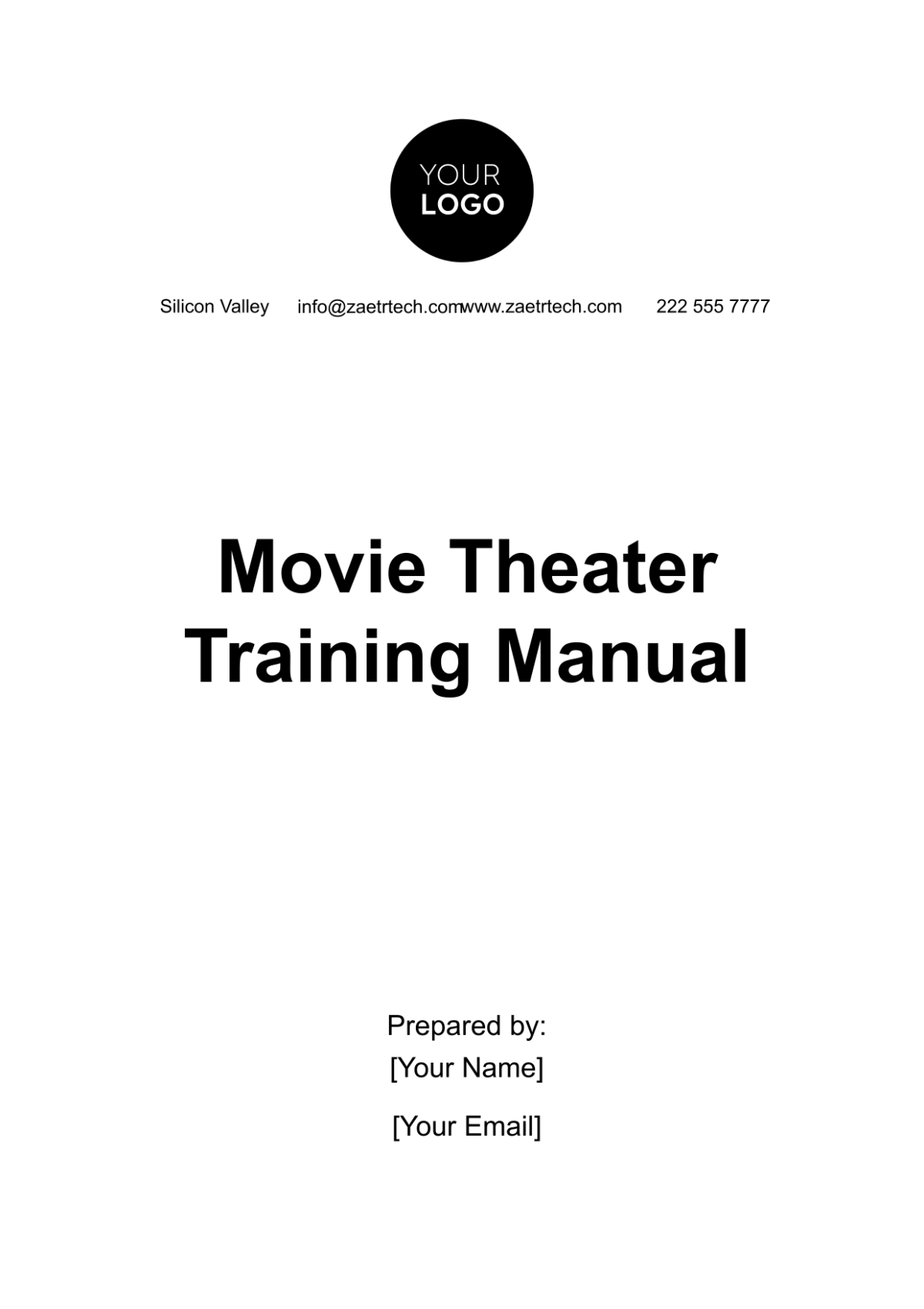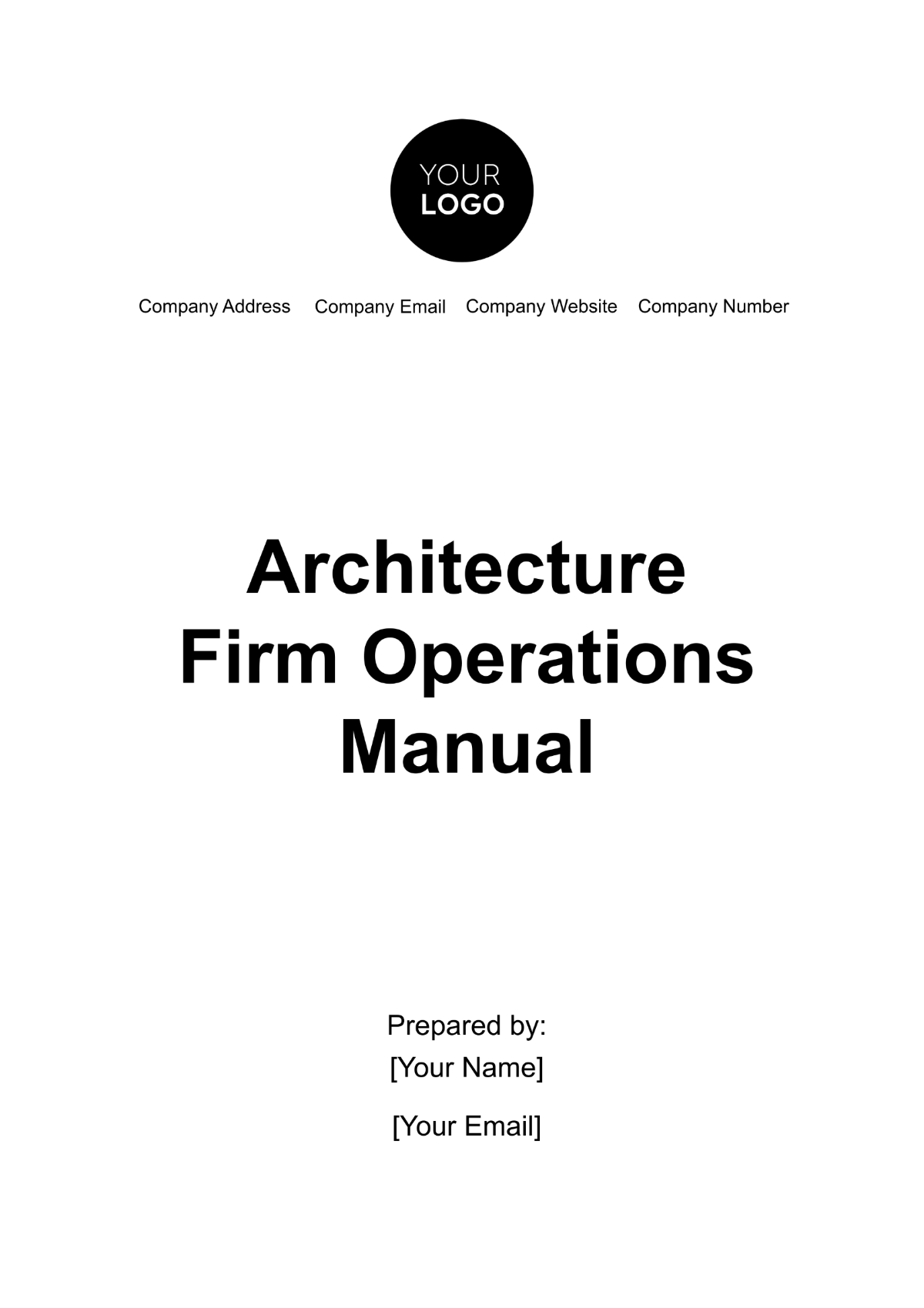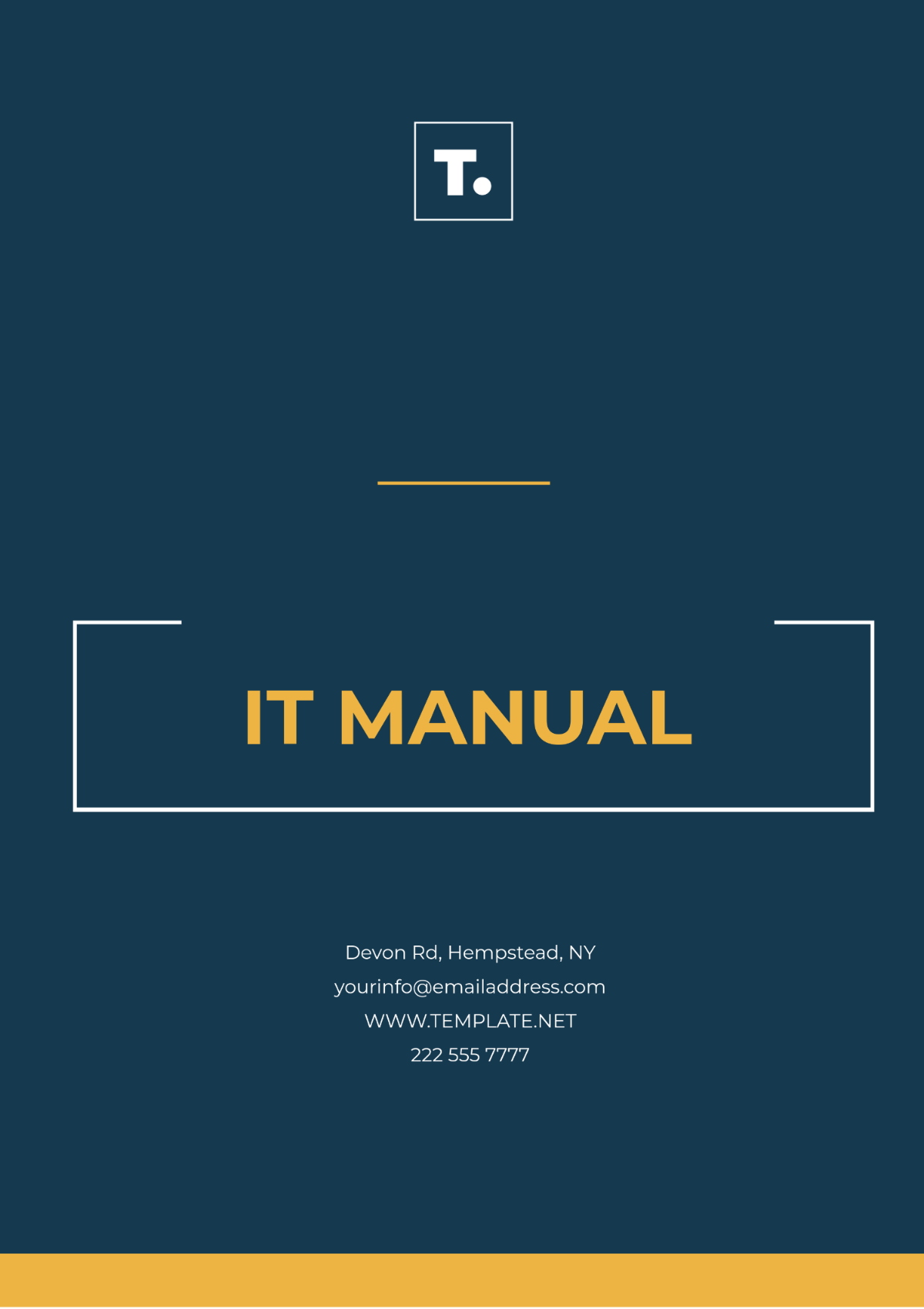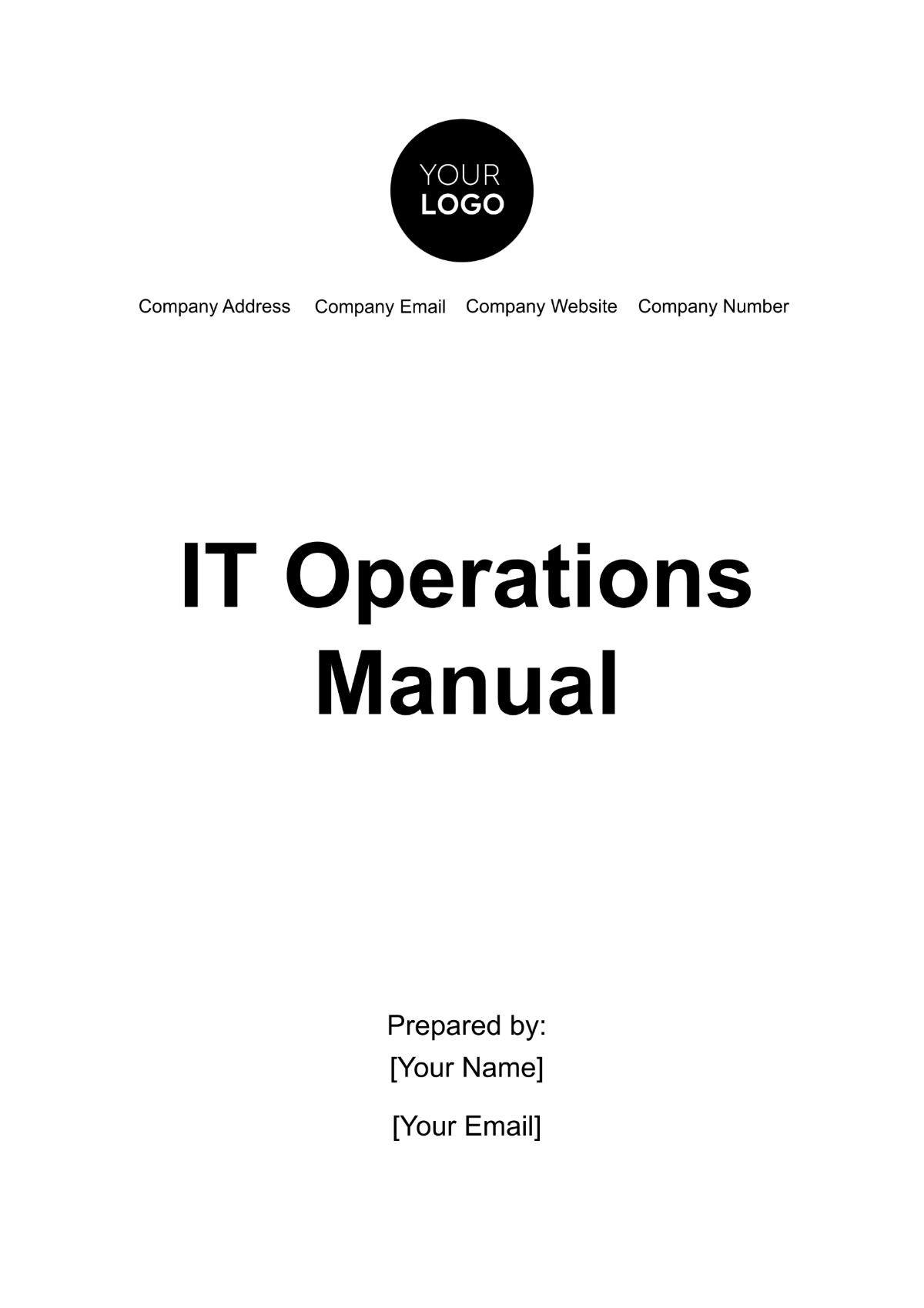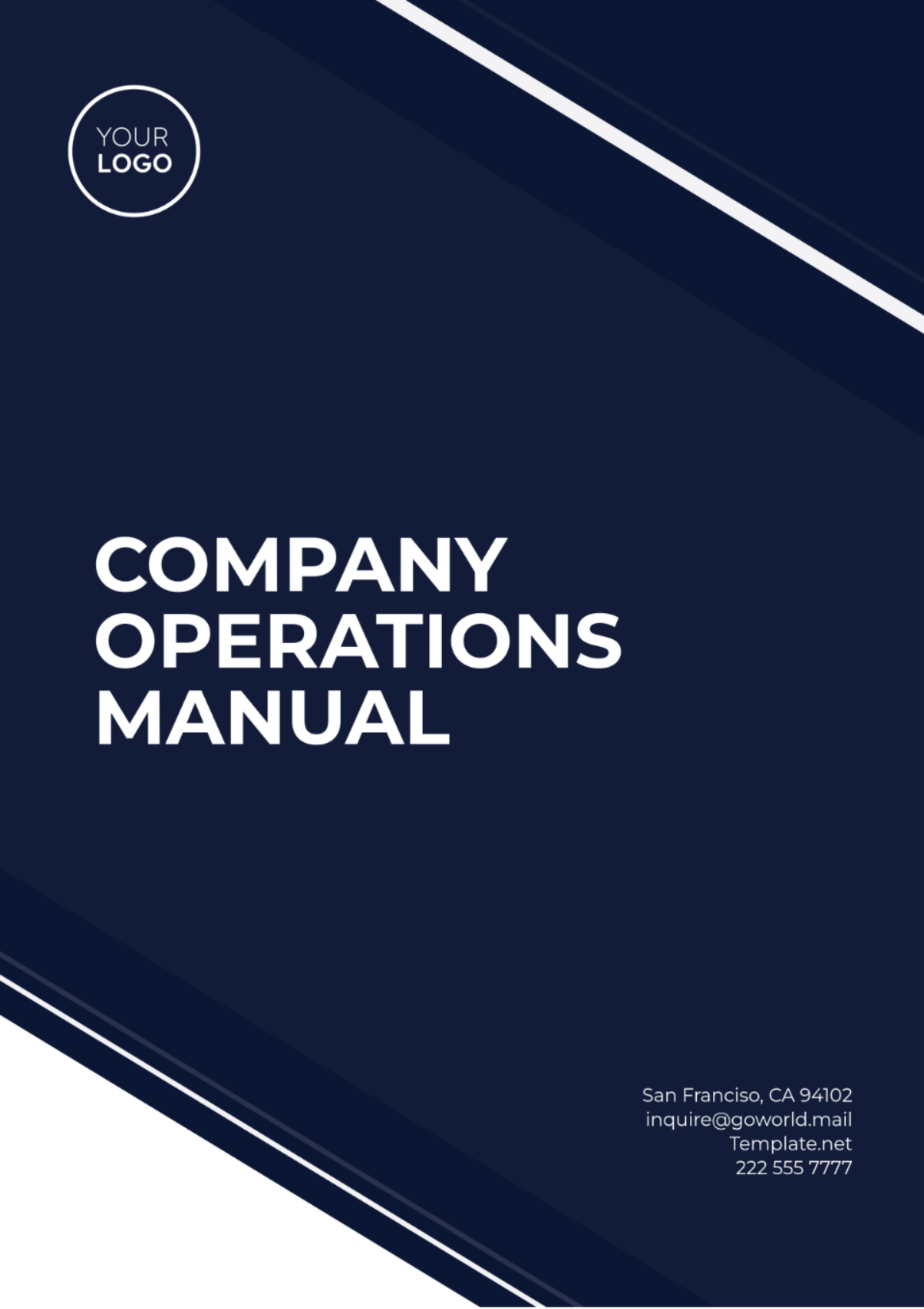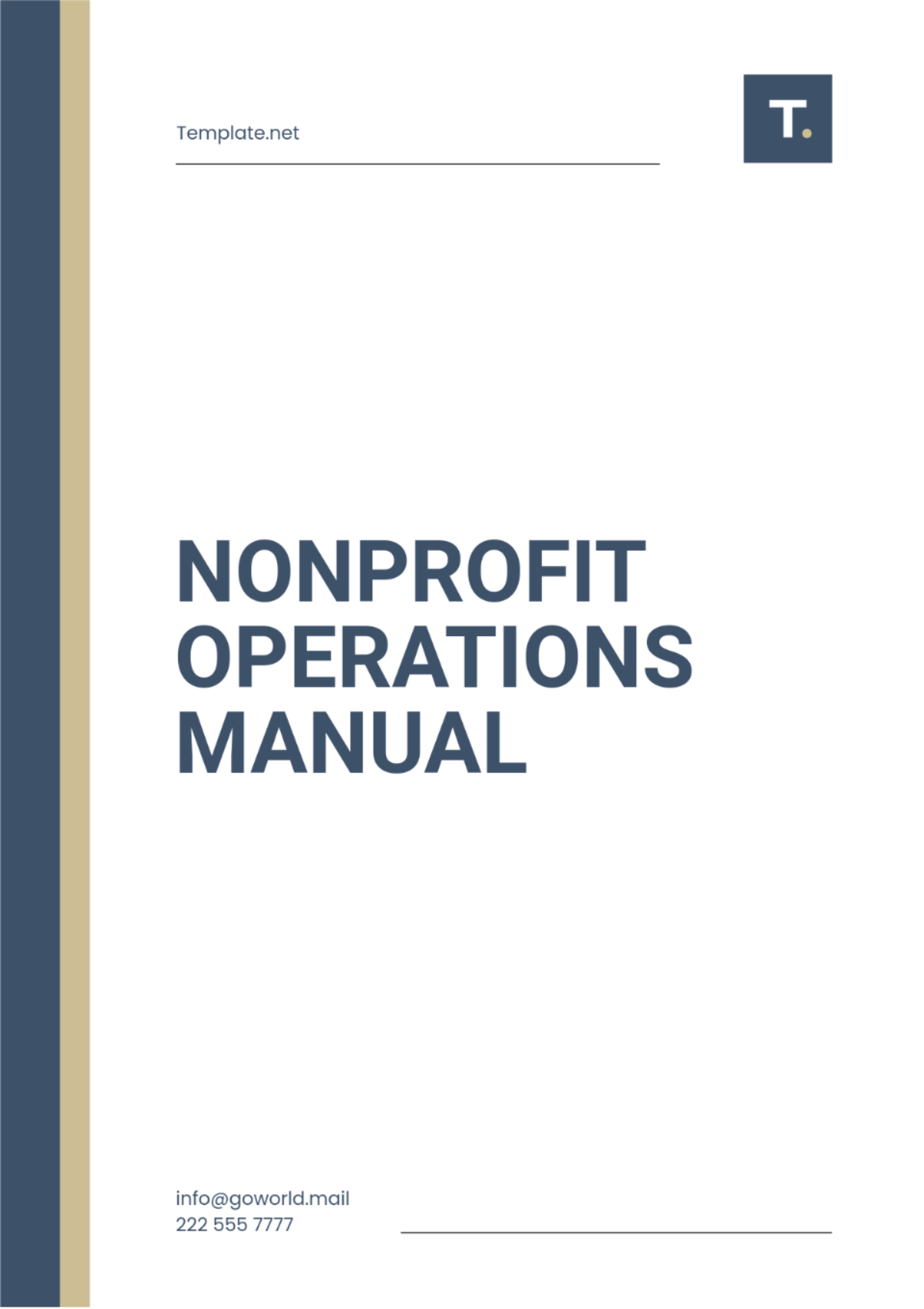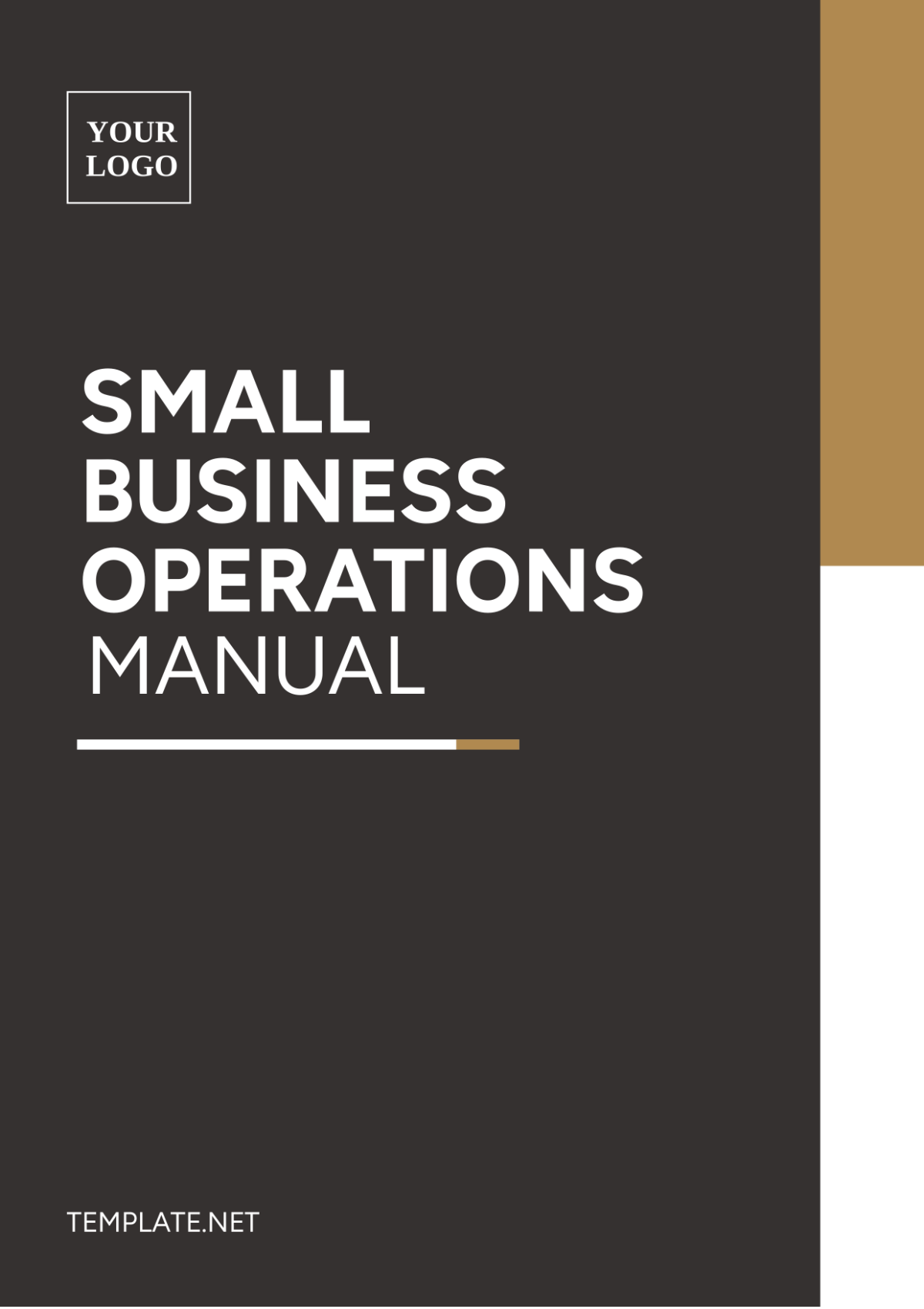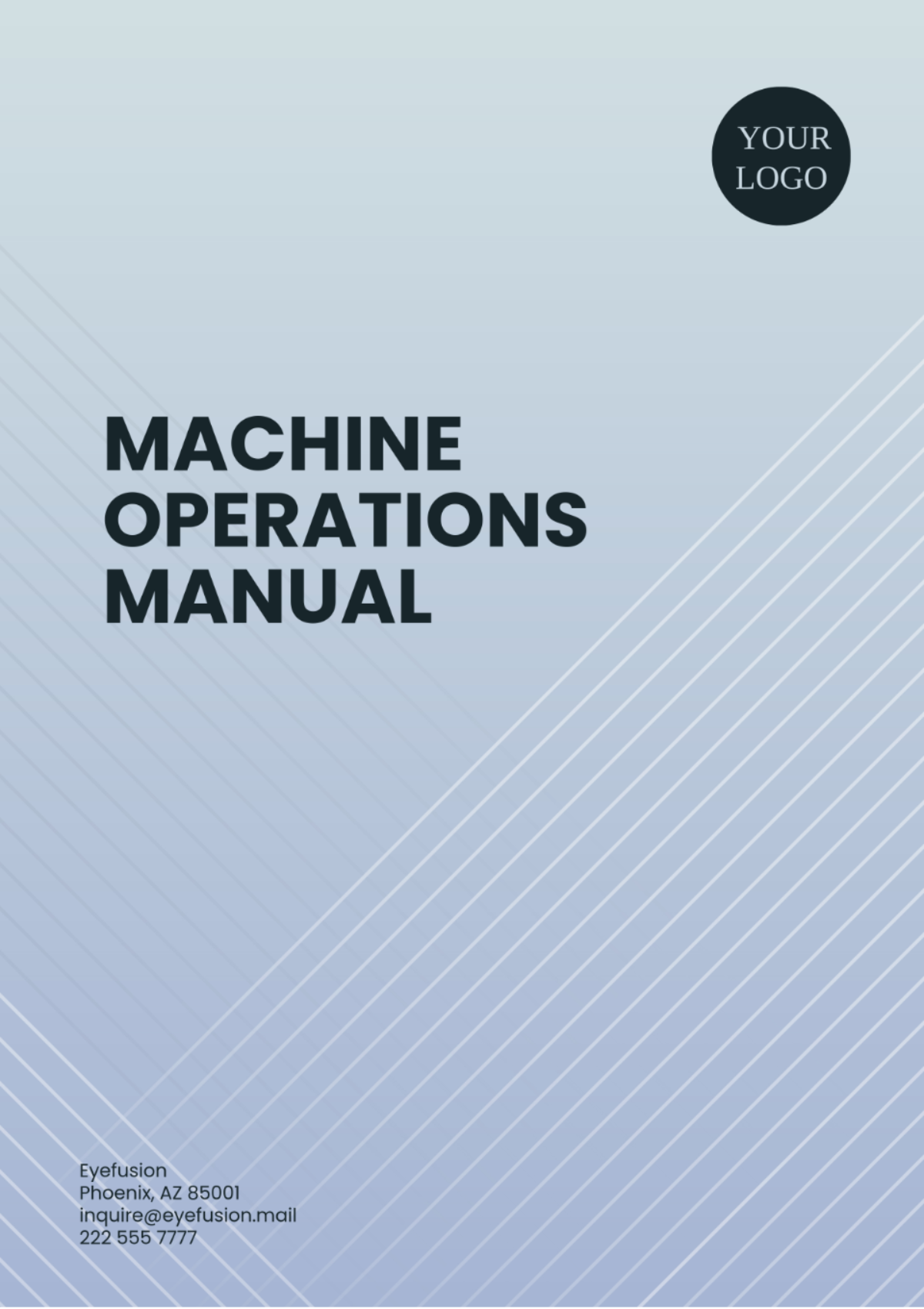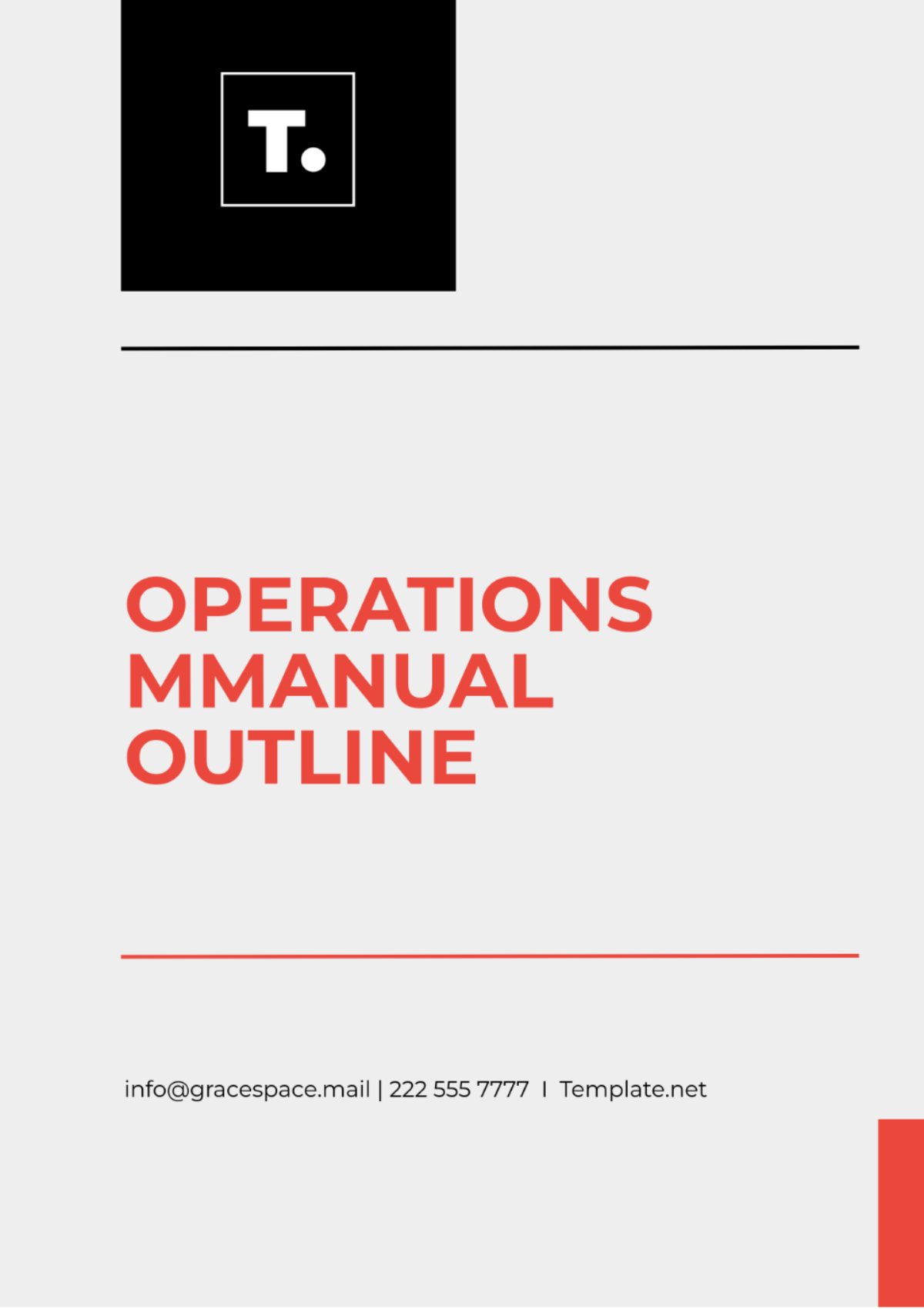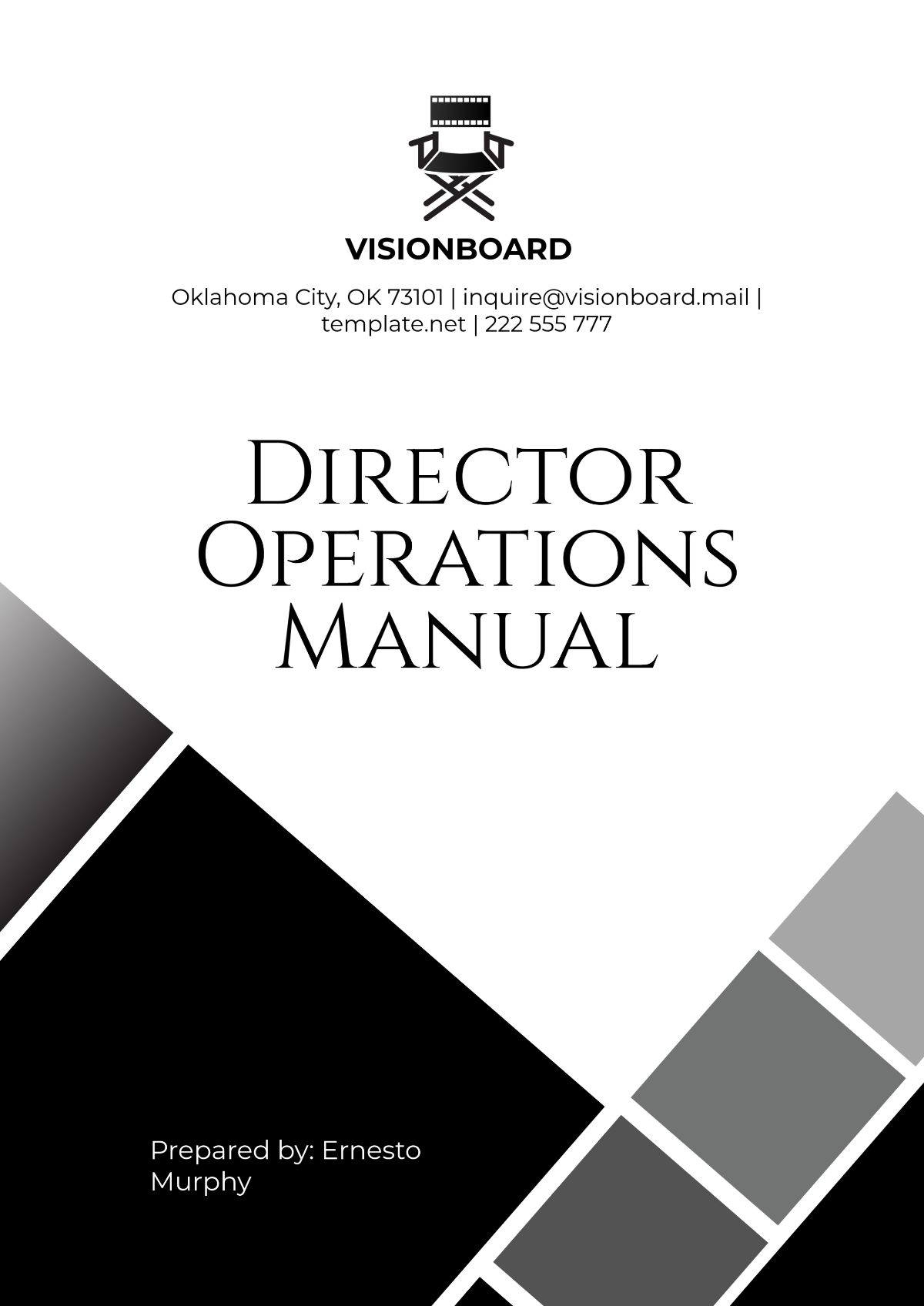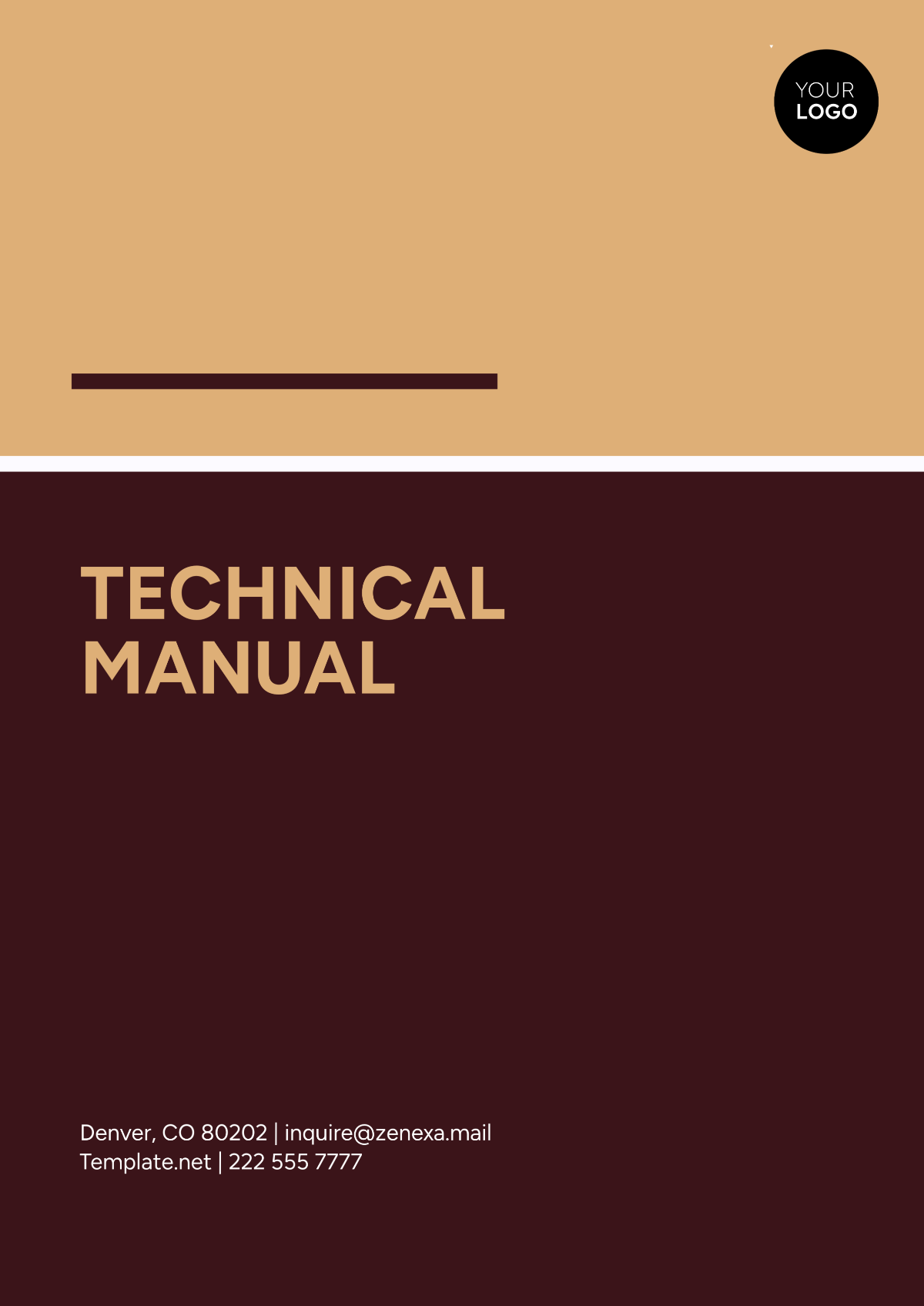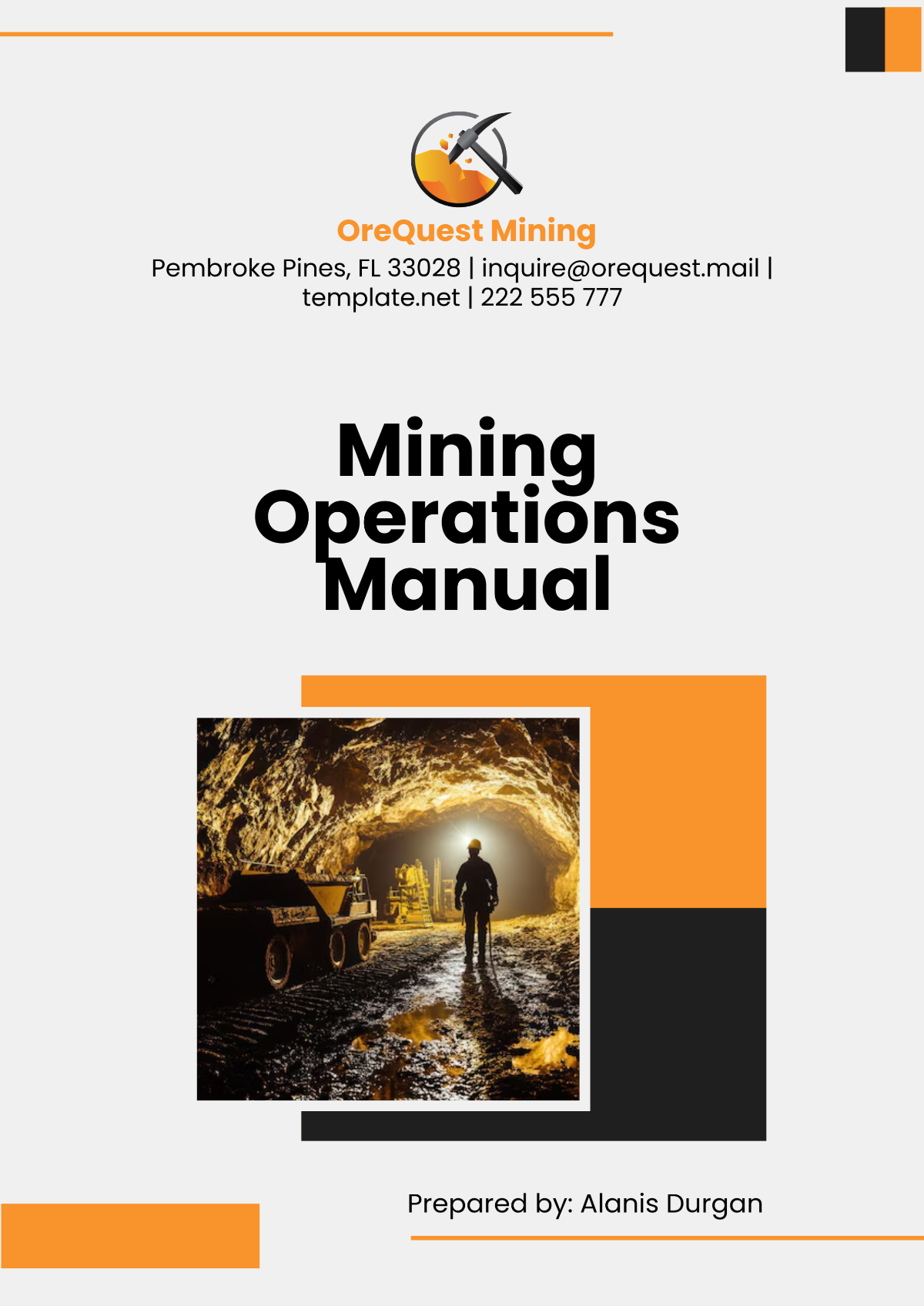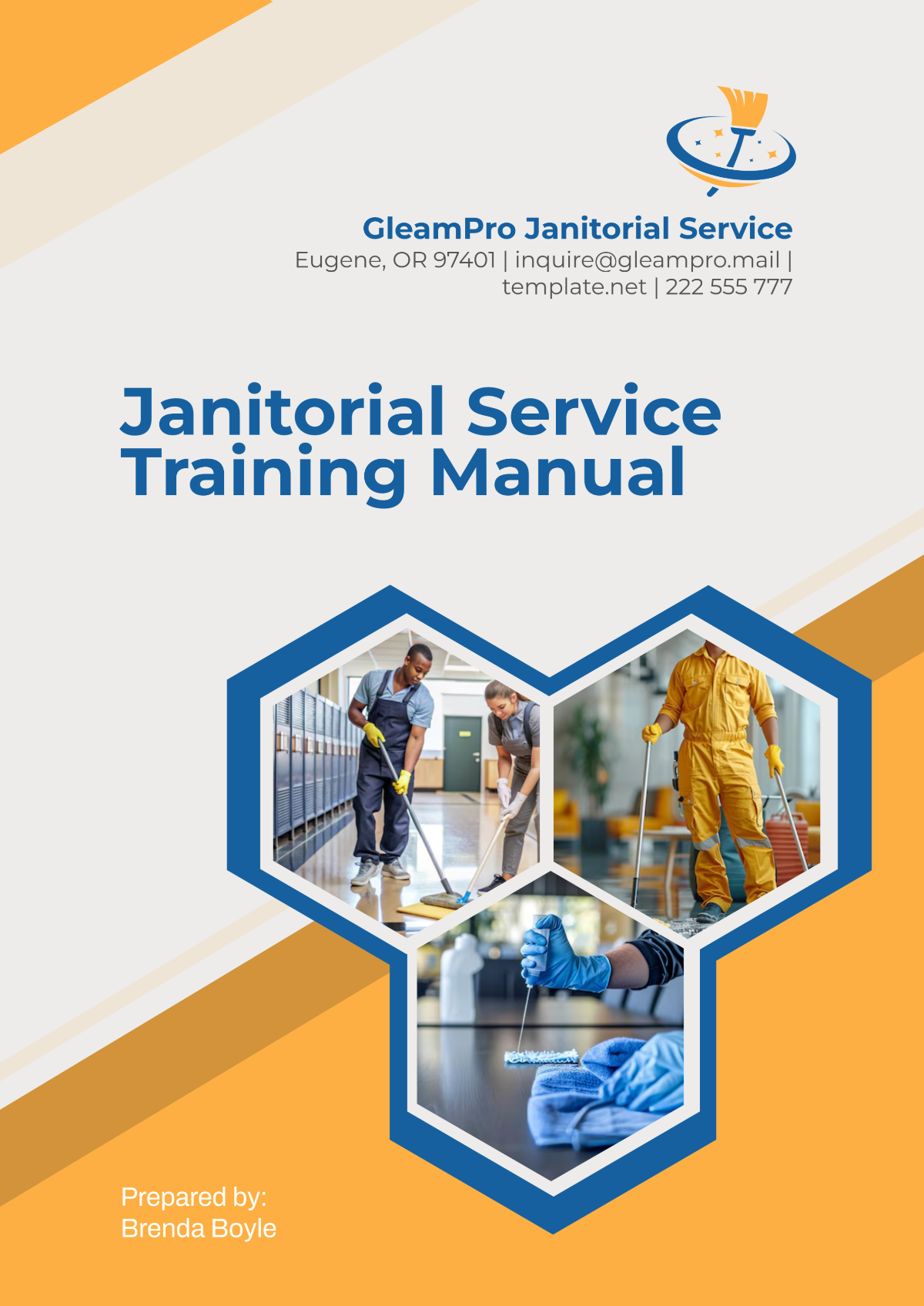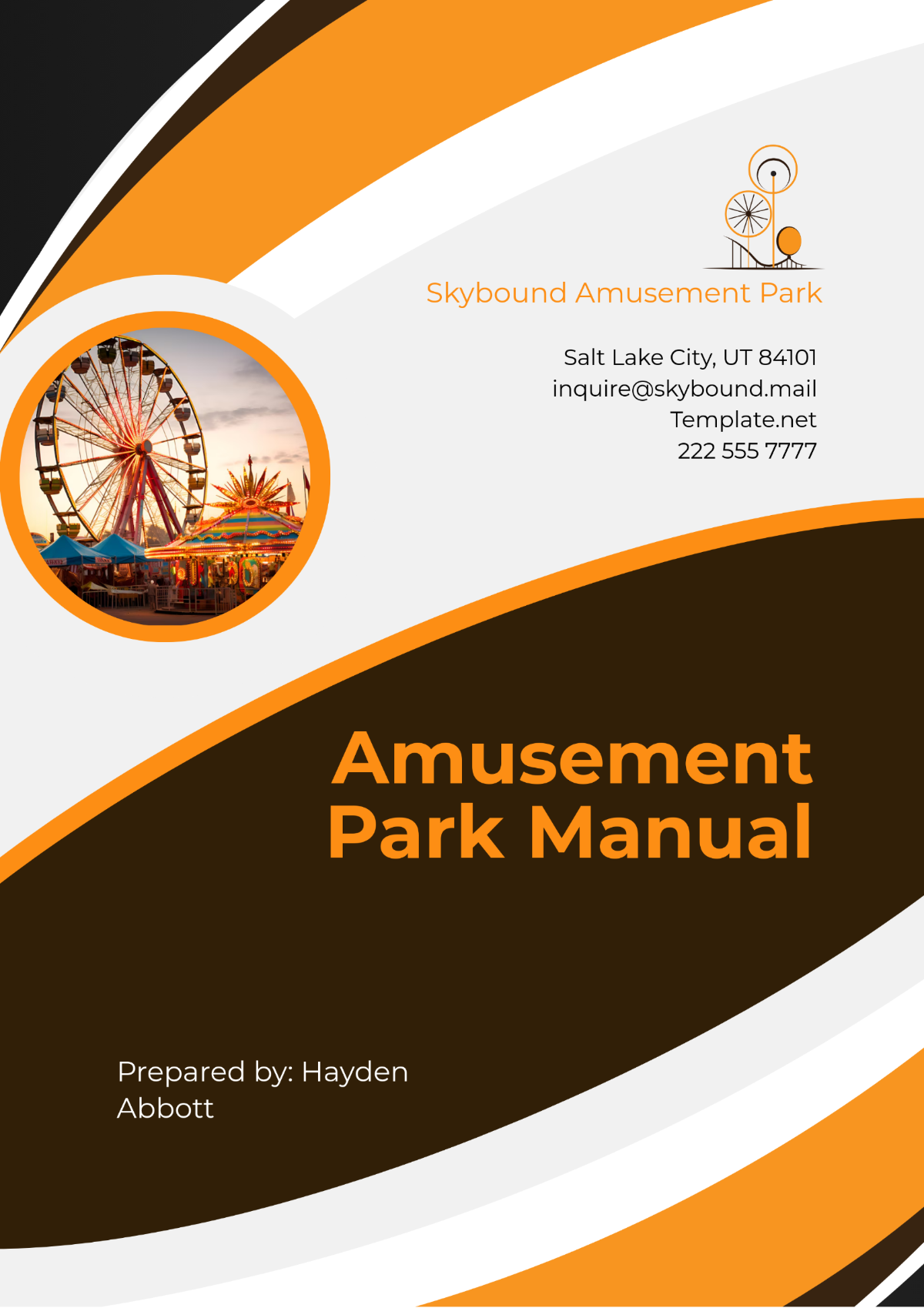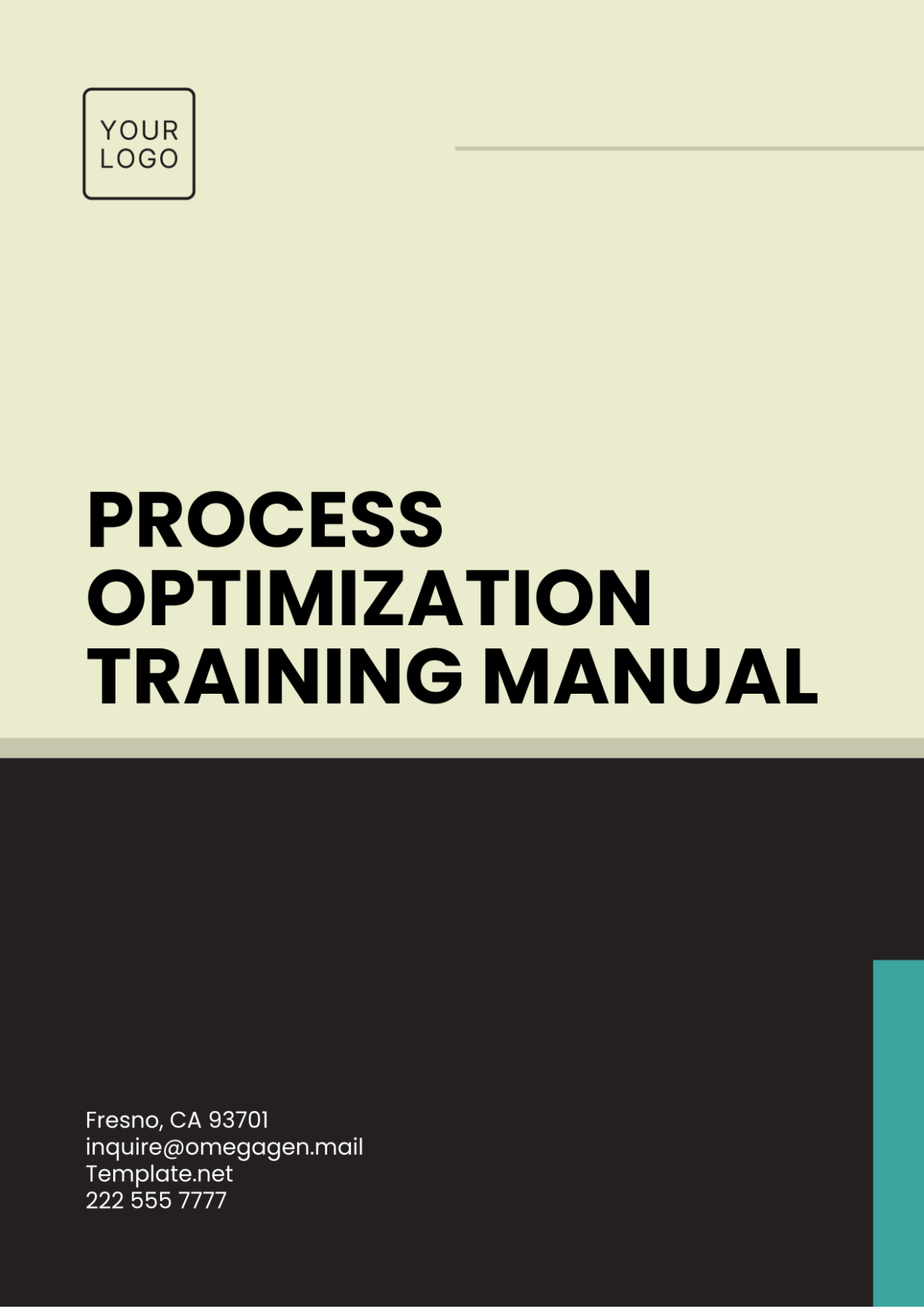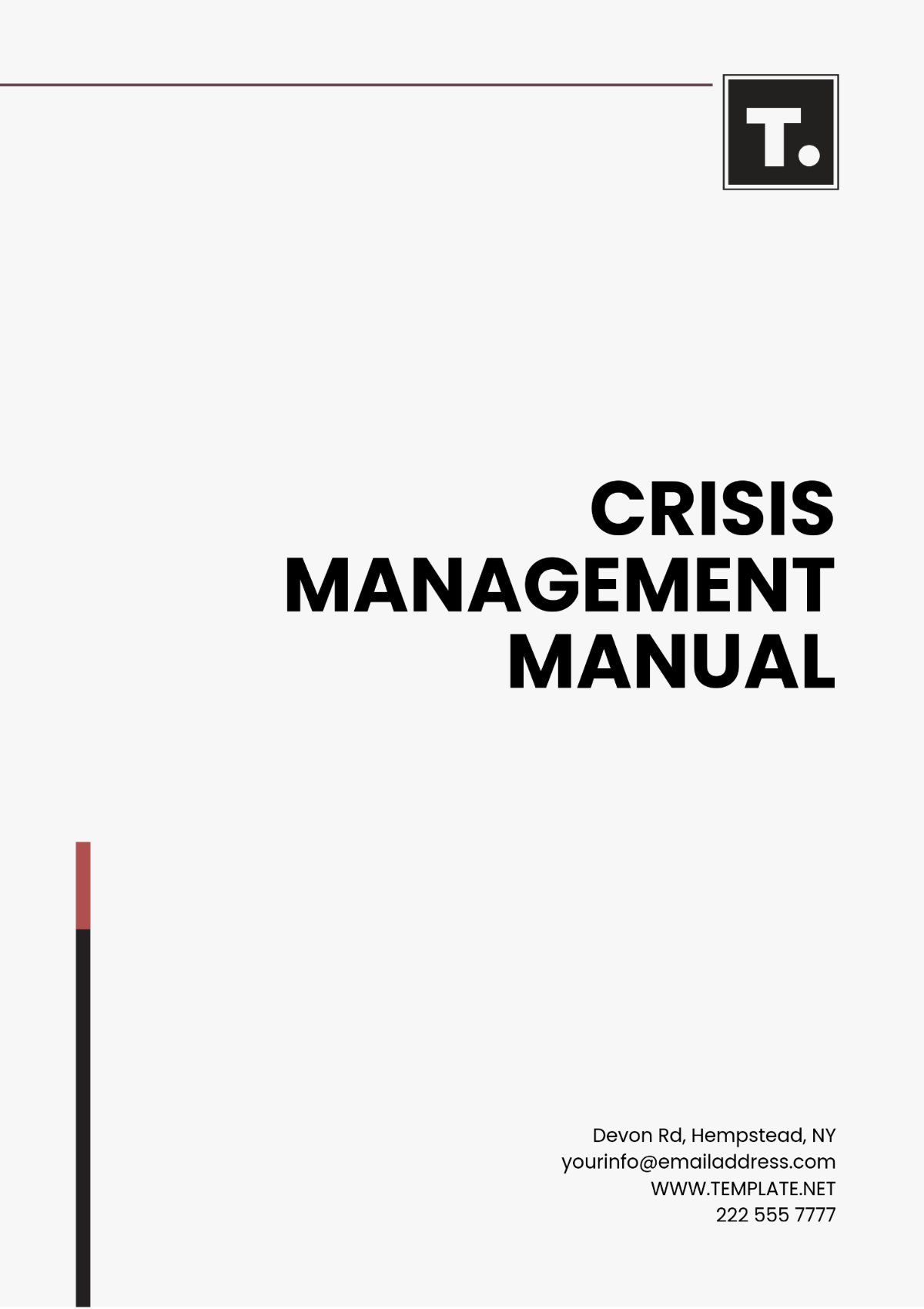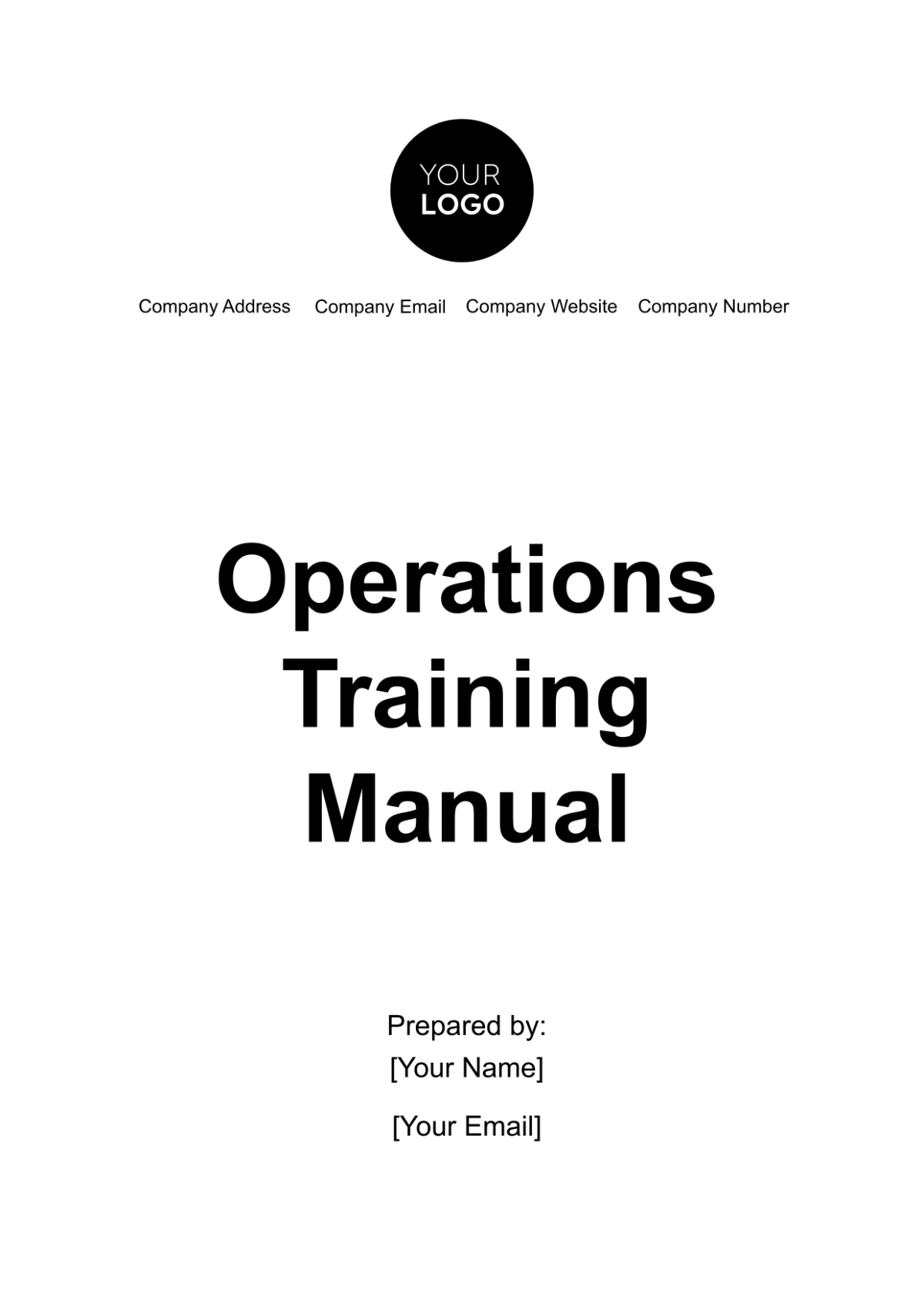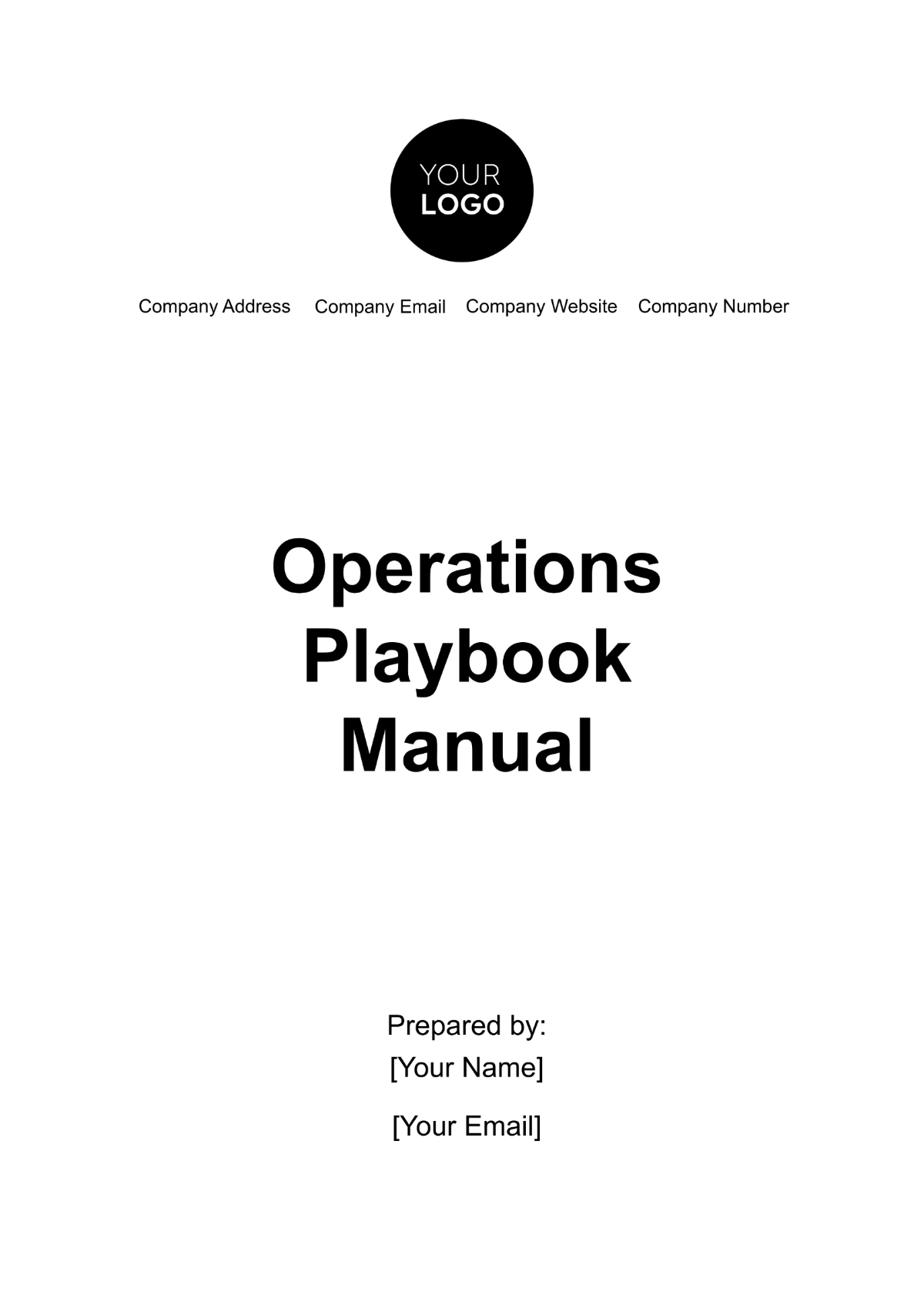Operations Building Maintenance Manual
1. Introduction
Purpose of the Manual
This Operations Building Maintenance Manual is designed to serve as a comprehensive resource for the management and maintenance staff of [Your Company Name]. It outlines the procedures, responsibilities, and guidelines necessary to ensure the efficient operation, maintenance, and safety of the building facilities.
Scope of the Manual
This manual covers all aspects of building maintenance, including routine and preventive maintenance schedules, emergency procedures, health and safety guidelines, and energy management practices. It is applicable to all maintenance personnel, facility managers, and subcontractors involved in the upkeep of the building.
How to Use the Manual
Users should refer to this manual for guidance on maintenance tasks, operational procedures, and troubleshooting common issues. The manual is organized into sections for easy navigation, and each section addresses specific areas of building maintenance.
Definitions and Abbreviations
HVAC: Heating, Ventilation, and Air Conditioning
LED: Light Emitting Diode
PM: Preventive Maintenance
2. Building Information
Building Overview
Field | Information |
|---|---|
Location | [Your Company Address] |
Size | [Area Size] |
Type | [Type of Building] |
Year of Construction | [20xx] |
Key Contacts
Role | Name | Contact Details |
|---|---|---|
Facility Manager | [Your Name] | [Your Company Number] |
Maintenance Lead | ||
Security Supervisor |
Building Access
Operating Hours: [Days], [Time]
Access Control Systems: Keycard access for employees, CCTV monitoring all entrances
Security: 24/7 security personnel on site
3. Maintenance Management
Maintenance Strategy
[Your Company Name] adopts a comprehensive maintenance strategy that includes preventive, corrective, and predictive maintenance to ensure the building's optimal performance and safety.
Maintenance Scheduling
Maintenance activities are scheduled based on priority and system criticality as follows:
Schedules | Details |
|---|---|
Daily | Security system checks, cleaning of common areas |
Weekly | HVAC filter inspection, emergency lighting test |
Monthly | Fire extinguisher inspection, elevator safety checks |
Annually | Roof inspection, HVAC system servicing |
Maintenance Responsibilities
Maintenance responsibilities are divided among in-house staff and contracted specialists. Routine tasks such as cleaning and minor repairs are handled by the in-house team, while specialized services like HVAC maintenance are contracted out.
Maintenance Record Keeping
All maintenance activities are logged in a digital maintenance management system, which tracks the date of service, the nature of the work performed, the staff or contractor involved, and any follow-up actions required.
4. Systems and Equipment Maintenance
HVAC Systems
Routine maintenance of the HVAC system includes checking and replacing filters, inspecting ductwork for leaks, and ensuring thermostats and controls are functioning correctly. Annual servicing by a certified technician is scheduled every spring.
Electrical Systems
Electrical system maintenance focuses on ensuring the safety and reliability of power supply and lighting. This includes regular inspection of wiring, testing of circuit breakers, and replacement of inefficient lighting with LED fixtures.
Plumbing and Water Systems
Plumbing maintenance includes regular inspection for leaks, cleaning of drainage systems, and testing of water pressure. Water heaters and boilers are serviced annually to ensure efficient operation.
5. Operational Procedures
Daily Opening and Closing Procedures
The purpose of these procedures is to ensure the building's security, efficiency, and readiness for occupants.
Opening Checklist:
Security personnel deactivate the alarm system and unlock main entrances.
Conduct a preliminary walk-through to inspect for any overnight issues (e.g., leaks, security breaches).
Maintenance staff verify that HVAC systems are operational, focusing on comfort settings for the day ahead.
Lighting in common areas and pathways is checked and activated as necessary.
Any scheduled maintenance or cleaning tasks are reviewed and initiated.
Closing Checklist:
Verify that all common areas and unoccupied spaces have lights turned off and equipment powered down.
Secure all windows and doors, checking that access points are locked.
Activate the security alarm system and ensure that surveillance equipment is operational.
Maintenance staff perform a final check of critical systems (e.g., server rooms, HVAC in critical areas) to ensure they are set for safe overnight operation.
Log any issues or anomalies detected during the day for follow-up.
Emergency Procedures
This section outlines the actions to be taken in various emergency situations, such as fires, natural disasters, and security threats. It includes evacuation plans, communication protocols, and emergency contact information.
Procedure | Details |
|---|---|
Evacuation Plan | Detailed maps of the building showing all exits, assembly points, and routes to be taken during an evacuation. Regular drills are scheduled to ensure familiarity with the plan. |
Fire Response | Procedures for responding to a fire, including the use of fire extinguishers, activation of fire alarms, and evacuation. Staff roles are defined for managing evacuations. |
Natural Disasters | Specific guidelines for earthquakes, floods, or other regional threats, including shelter-in-place instructions and emergency kit locations. |
Security Incidents | Protocols for handling intrusions, threats, or other security-related incidents. This includes procedures for lockdowns and coordination with law enforcement. |
6. Health and Safety
Compliance with Regulations
Ensuring adherence to all relevant health and safety regulations is paramount. This includes OSHA standards for workplace safety, local building codes, and environmental regulations.
Safety Training: Regular training sessions for staff on topics such as emergency response, hazard recognition, and safe work practices.
Personal Protective Equipment (PPE): Guidelines for the use of PPE in maintenance activities, including requirements for gloves, hard hats, and safety glasses.
Safety Inspections and Audits
Regular inspections and audits are crucial for identifying and mitigating potential hazards within the building.
Monthly Inspections: Maintenance teams conduct detailed inspections focusing on areas such as fire safety equipment, electrical systems, and structural integrity.
Annual Safety Audits: An external consultant reviews the building's compliance with safety standards, assessing everything from emergency lighting to accessibility issues.
7. Energy Management
Energy Conservation Measures
Implementing strategies to reduce energy consumption and costs while maintaining comfort and functionality.
LED Lighting: Transitioning to LED lighting for its energy efficiency, long life, and reduced maintenance requirements.
HVAC Optimization: Utilizing smart thermostats and automation systems to optimize heating, ventilation, and air conditioning based on occupancy and weather conditions.
Monitoring and Reporting Energy Use
Establishing a system for tracking and analyzing energy consumption to identify opportunities for improvement.
Energy Audits: Conducting periodic energy audits to assess the building's energy use and efficiency.
Utility Tracking: Using software to track utility bills and consumption patterns, allowing for targeted interventions to reduce energy use.
Renewable Energy Sources
Exploring the integration of renewable energy sources, such as solar panels or wind turbines, to reduce dependence on non-renewable energy and lower carbon footprint.
Solar Panel Installation: Assessing the feasibility of installing solar panels on the building's roof to generate electricity.
Green Energy Purchasing: Considering the purchase of green energy from renewable sources to support sustainability goals.
8. Sustainability Practices
Sustainability is a core value at [Your Company Name]. This outlines the practices and initiatives aimed at reducing the environmental impact of building operations.
Green Building Practices
Sustainable Materials: Use of eco-friendly materials for renovations and repairs, such as recycled, low-emission paints and carpets, and sustainably sourced wood.
Energy-Efficient Windows and Insulation: Installation of double-glazed windows and improved insulation materials to reduce energy loss and enhance the building's thermal performance.
Water Conservation
Low-Flow Fixtures: Installation of low-flow toilets, faucets, and showerheads to reduce water usage in restrooms and kitchens.
Irrigation Management: Implementation of drought-resistant landscaping and smart irrigation systems that adjust watering based on weather conditions and soil moisture levels.
Sustainable Waste Management
Recycling Programs: Establishment of comprehensive recycling programs for paper, plastics, metals, and electronics, with clearly labeled bins throughout the building.
Composting: Introduction of composting facilities for organic waste from the building’s cafeterias or food courts.
9. Financial Management
Financial management is crucial for the efficient operation of building maintenance. This provides guidelines for budgeting, cost control, and managing contracts with vendors.
Process | Details |
|---|---|
Budgeting for Maintenance |
|
Cost Control Measures |
|
Vendor and Contract Management |
|
10. Revision History
This section provides a record of updates and revisions made to the Operations Building Maintenance Manual, ensuring that users are always referencing the most current information.
Version | Date | Summary of Changes | Author |
|---|---|---|---|
1.0 | [Month, Day, Year] | Initial creation of the manual. | [Your Name] |

